Study Abroad
Earth Science and Culture of Japan is a 2-week summer study abroad course taught in late May. It is offered jointly by the Department of Ecology, Evolution, & Organismal Biology in the College of Science and Math and the Department of World Languages and Culture in the College of Humanities and Social Sciences. Students spend two weeks exploring multiple facets of Japan. Students will learn how volcanism and plate tectonics have shaped Japan’s natural history by hiking a live volcano and visiting some of Japan’s many geothermal hot springs. Students will also visit Fukushima Prefecture and learn about the meltdown of the Fukushima Daiichi Nuclear Power plant in 2011 and how the lingering consequences of that disaster have affected the people living in the region. While traveling in Japan, students will explore many facets of Japanese culture and history through visits to Japanese museums, castles, shrines, temples, and by watching a play at a Kabuki theater.
Below you can find selected images and videos from the 2024 & 2025 study abroad experiences. If you'd like to see more videos, please visit and subscribe to my YouTube channel Dr. Dan in Japan. If you'd like to see the full photo album with captions, please visit my 2024 Google photo album or my 2025 Google photo album.
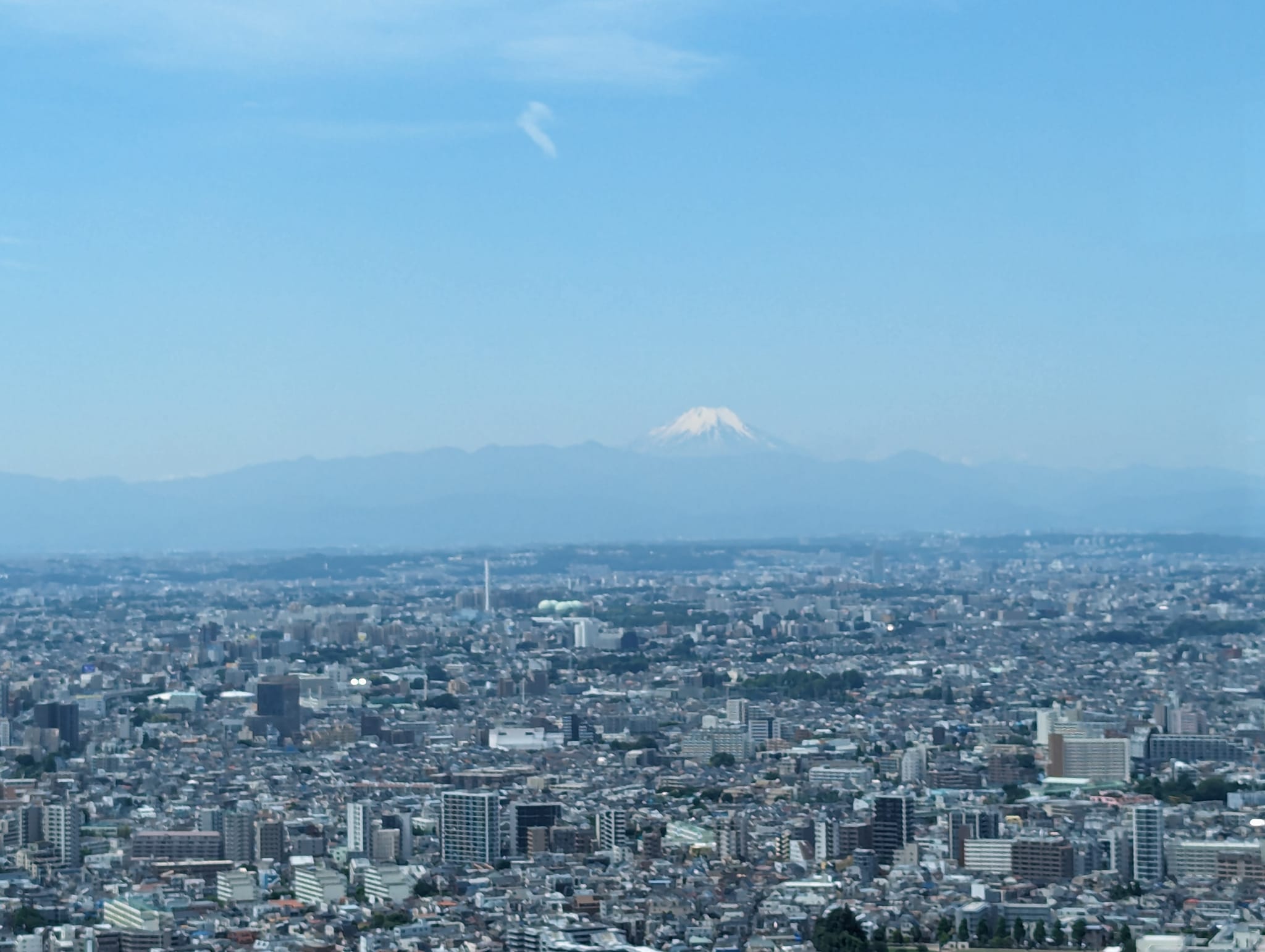
Our first stop is the Tokyo Metropolitan Govern,ment Building, which has spectacular views of the city from its observatory on the 45th floor. On a clear day you can see Mount Fuji from this vantage.
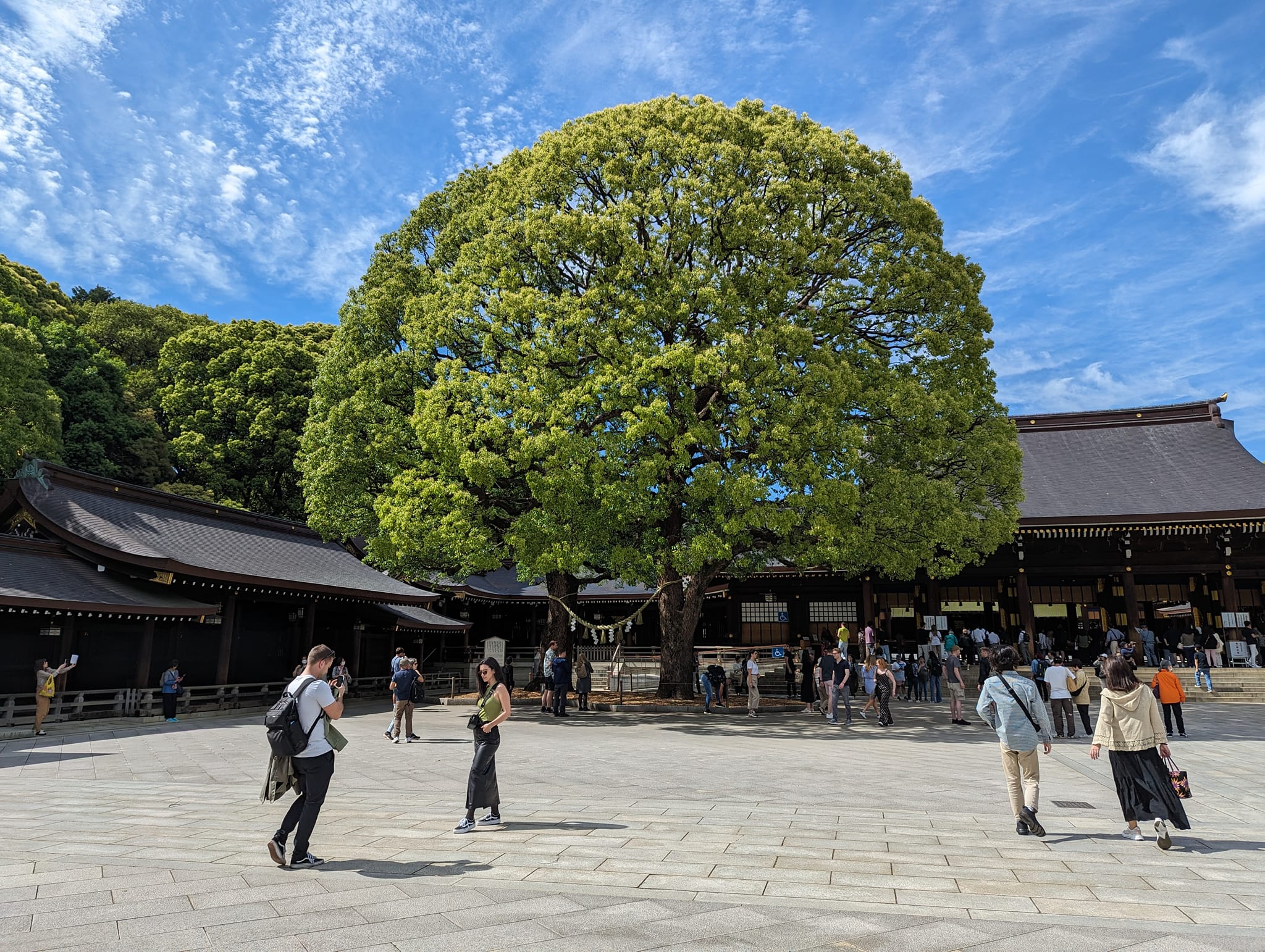
Also on Day 1 we visit the Meiji Shrine, which is where the Meiji Emperor (who opened Japan up to the rest of the world after 200 years of isolation) and his wife are entombed. This gorgeous shrine celebrates their immense impact on Japanese history.
Students are free in the evenings once program activities are done for the day. However, I felt that some students might not feel comfortable venturing out by themselves in a country where they might not speak the language and don't necessarily know how to get around. So for some evenings, I planned optional activities that students can choose to participate in if they want to. Our first night's optional evening activity was a visit to the famous Shibuya Scramble Crossing (the busiest intersection in the world) and the Shibuya Dagashi Bar.
You pay to get into a dagashi bar and have to buy (at least) one drink, and then you can enjoy unlimited snacks and sweets for up to an hour (two hours if you buy the unlimited drinks course). There were so many sweets and snacks to choose from and we couldn't read the packaging on any of them, so it was something of an adventure to try a bunch of new things and find the ones we really liked.
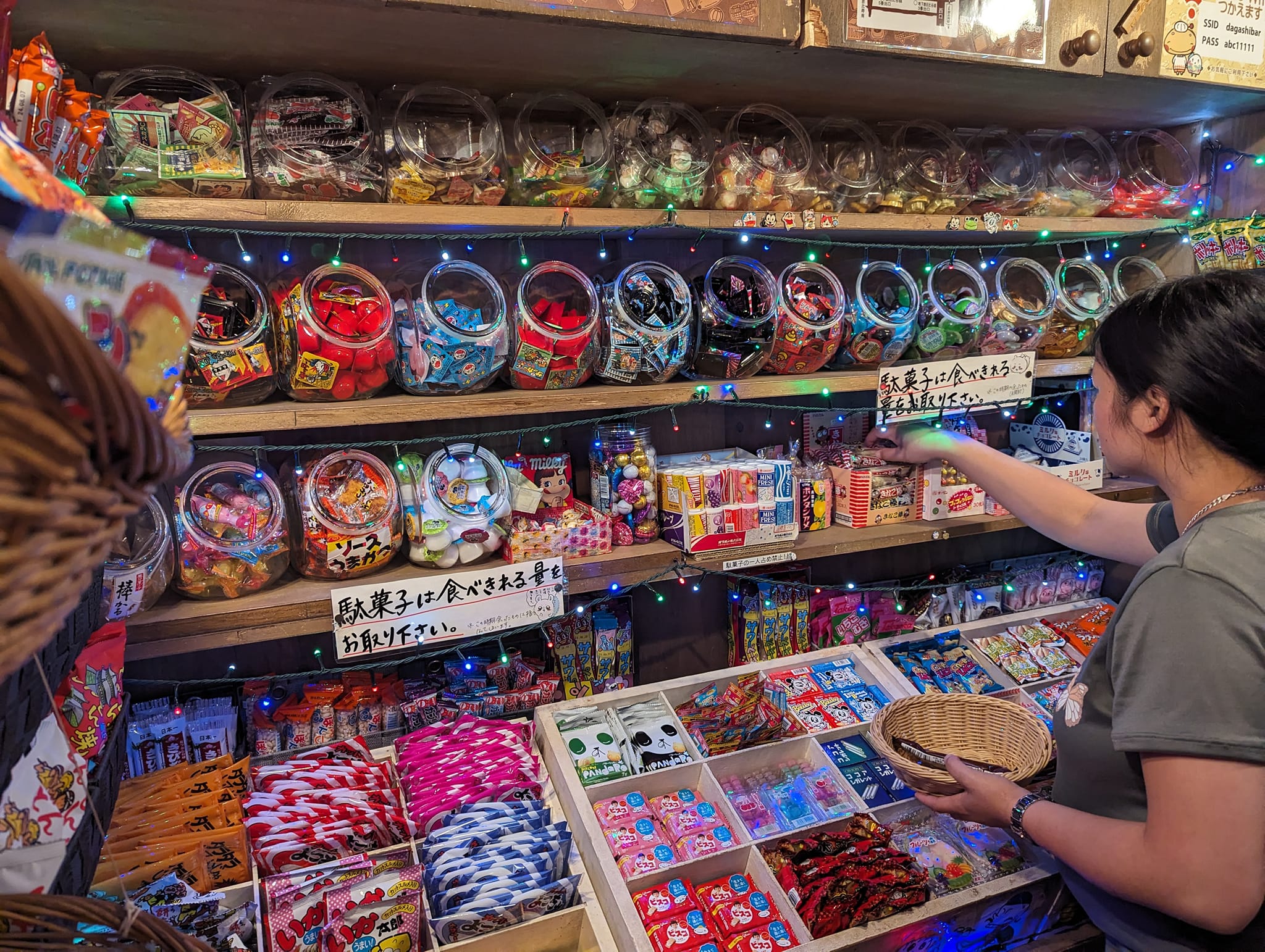
On our second day we started off with a trip to the Kabuki-za Theater to see one act of a kabuki play. It was a fascinating look into a key part of Japanese culture.
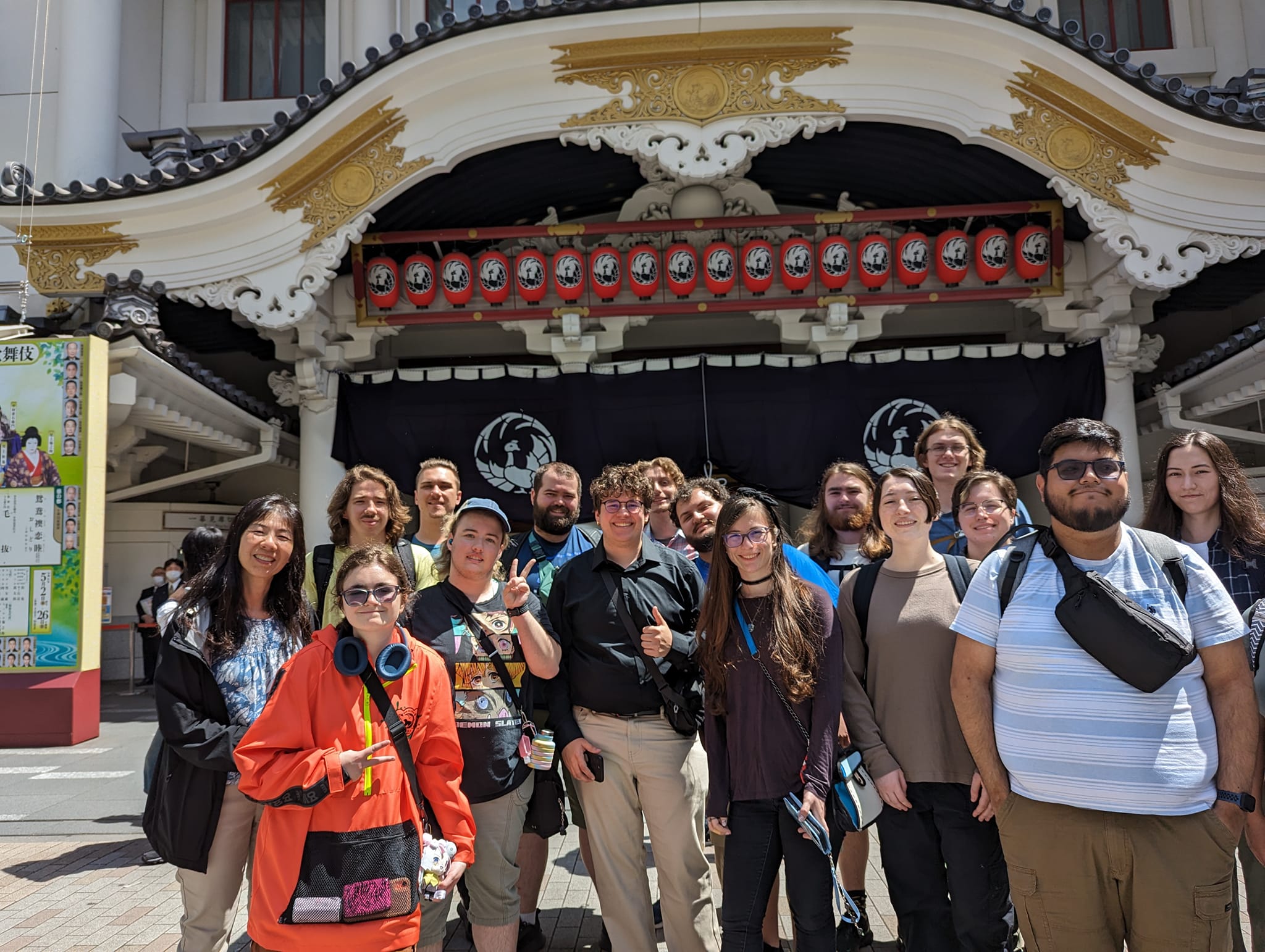
We had lunch at the nearby Tsukiji fish market, where at least one student tried sushi for the first time. There is a huge variety of seafood (and some non-seafood!) at Tsukiji Fish Market, one student even tried fried whale! We encourage students to try new foods and drinks while in Japan and some of them go out of their way to find unusual things to eat and experience.
Our third day started with a trip to the Tokyo National Museum, where students got to really delve into the history of Japan with some VERY old artifacts dating back several thousands of years. Students seemed to particularly enjoy seeing the samurai weapons and armor on display there.
Also on Day 3 we visited Asakusa, which is home to the Senso-ji Temple, one of the oldest Buddhist temples in Japan. Students learn a lot on this trip about Shintoism and Buddhism, Japan's two major religions.
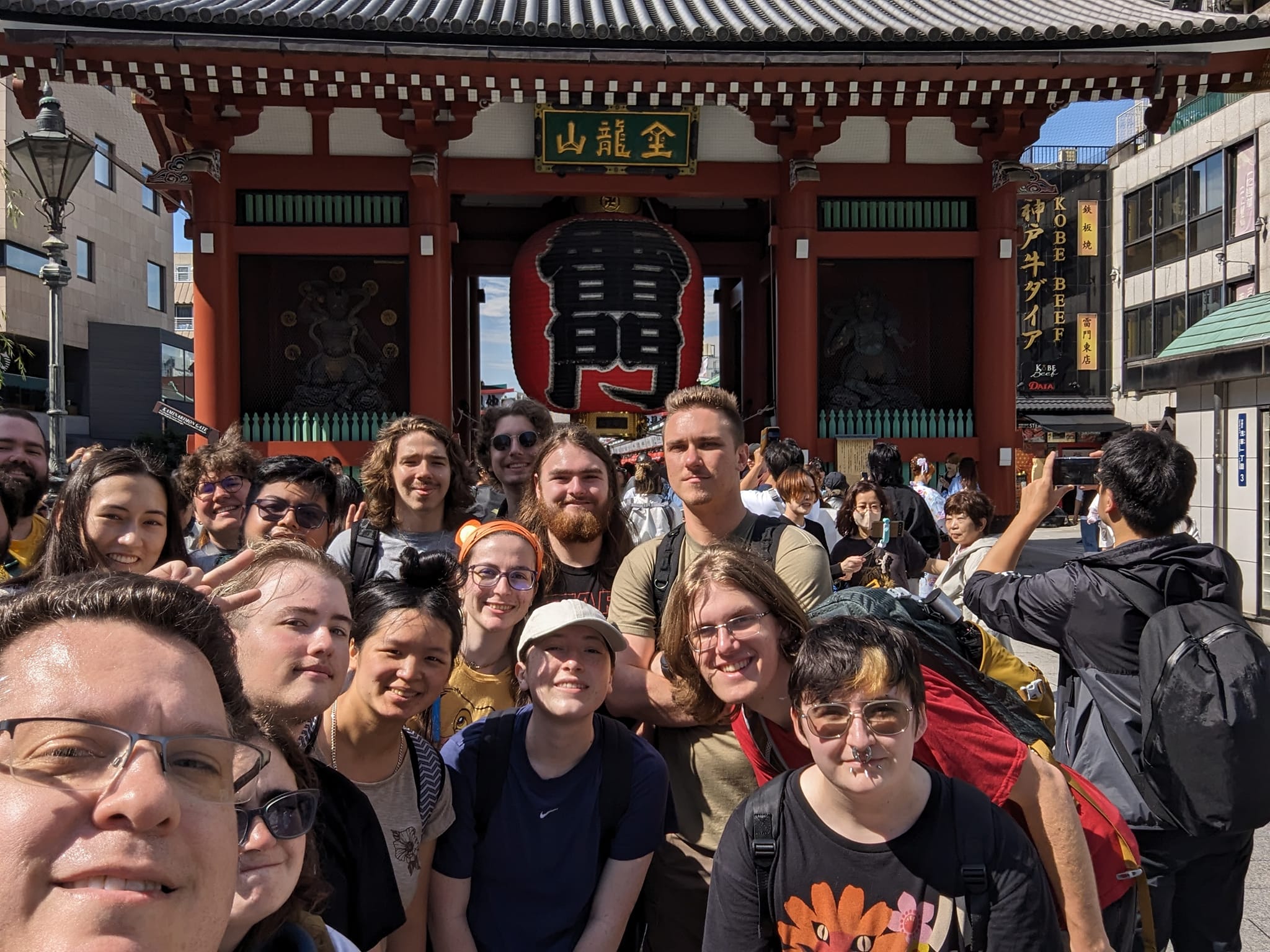
One of the things students enjoyed at the various temples we visited was buying omikuji fortunes. Most students got good fortunes (see below) but one student got the very worst fortune possible. This actually had repercussions later in the trip. The students who got good fortunes are shown below happy and smiling about their good luck!

Day 4 of the program is a day trip to the Hakone area to get some better views of Mount Fuji. It's a bit of a long trip, but we had some very fun experiences in Hakone, so it was definitely worth it. We took the train from Tokyo to Hakone Yumoto and then a bus to Motohakone-ko at the western edge of Lake Ashi.
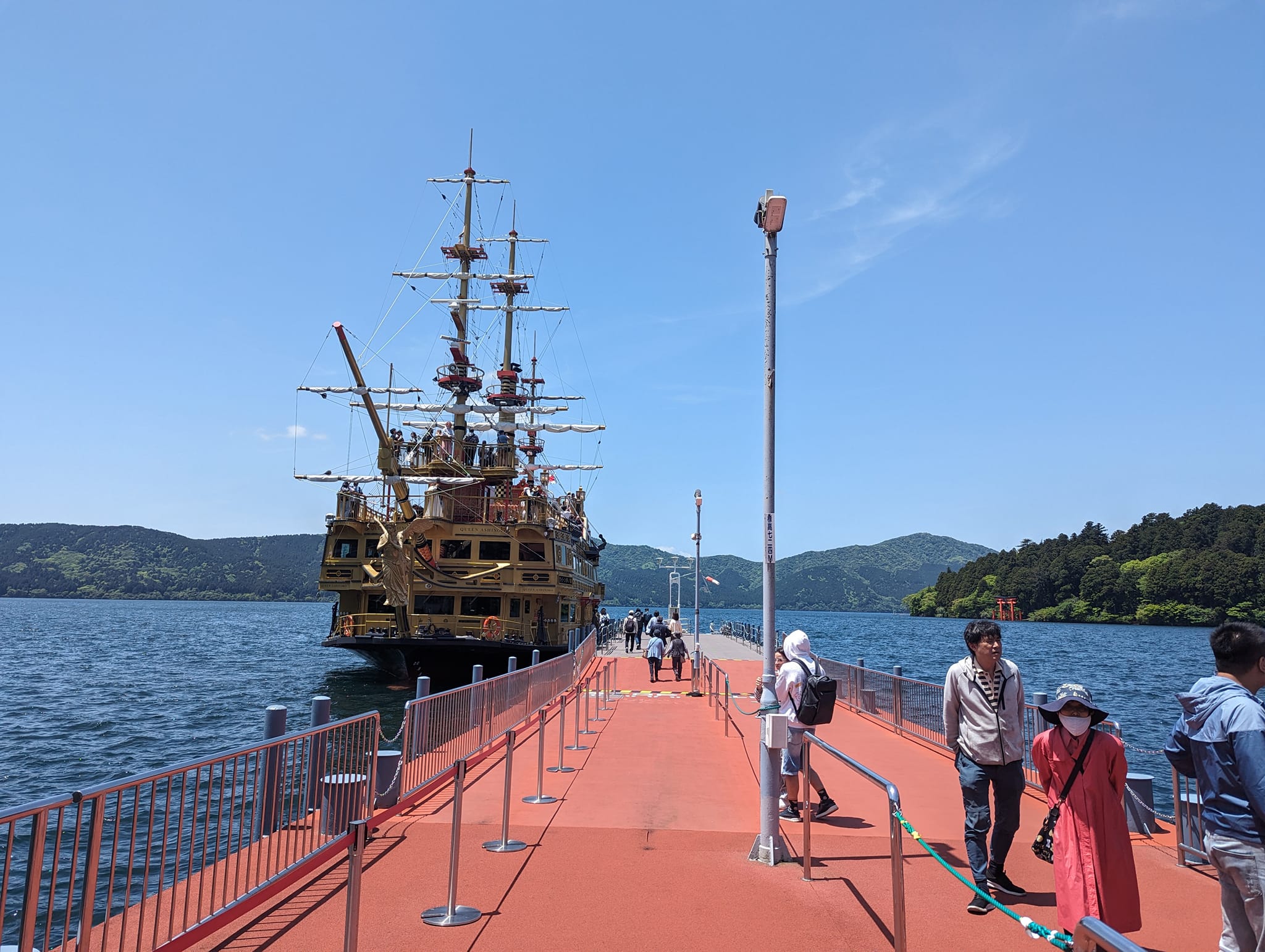
Then we had an amazing pirate ship cruise to the other side of the lake, where we got on a ropeway that took us pretty high up and afforded some really great views of Mount Fuji and the surrounding valleys. To my pleasant surprise, one of our stops had a "geo museum" that had some great examples of local volcanic activities. We also got to see some volcanic fumaroles up close and experience the lovely smell of the sulfur deposits. Students found something interesting to eat and drink on this day trip. Hakone is apparently famous for its "black eggs", which turn black when they are boiled in hot spring water that comes up out of the volcanoes. One of the students was brave enough to eat them!
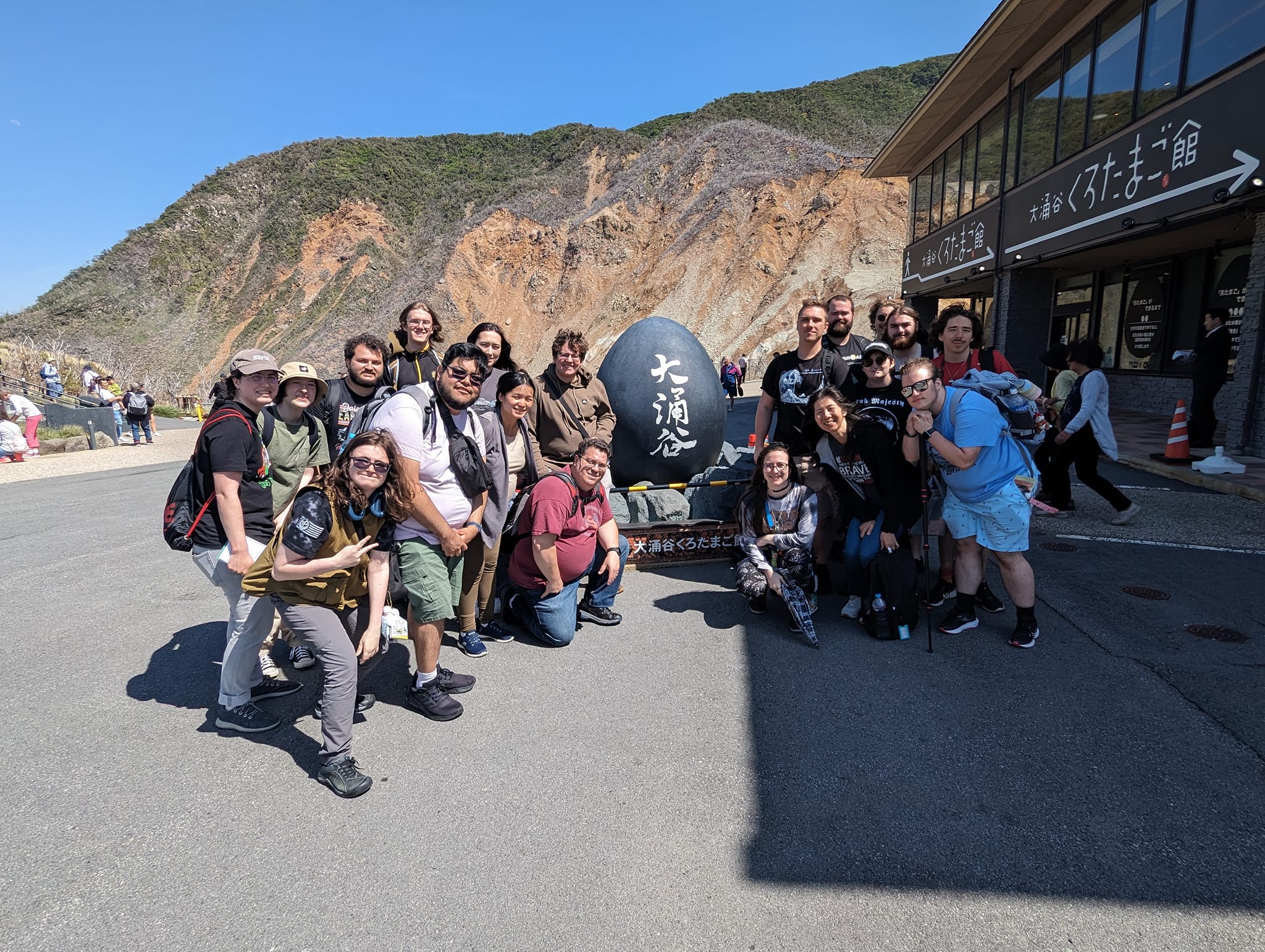
Later on, a student found a vending machine that had a soda that was supposed to taste like a melon soda ice cream float. A bunch of students immediately had to try this and they actually bought every last one in the vending machine!
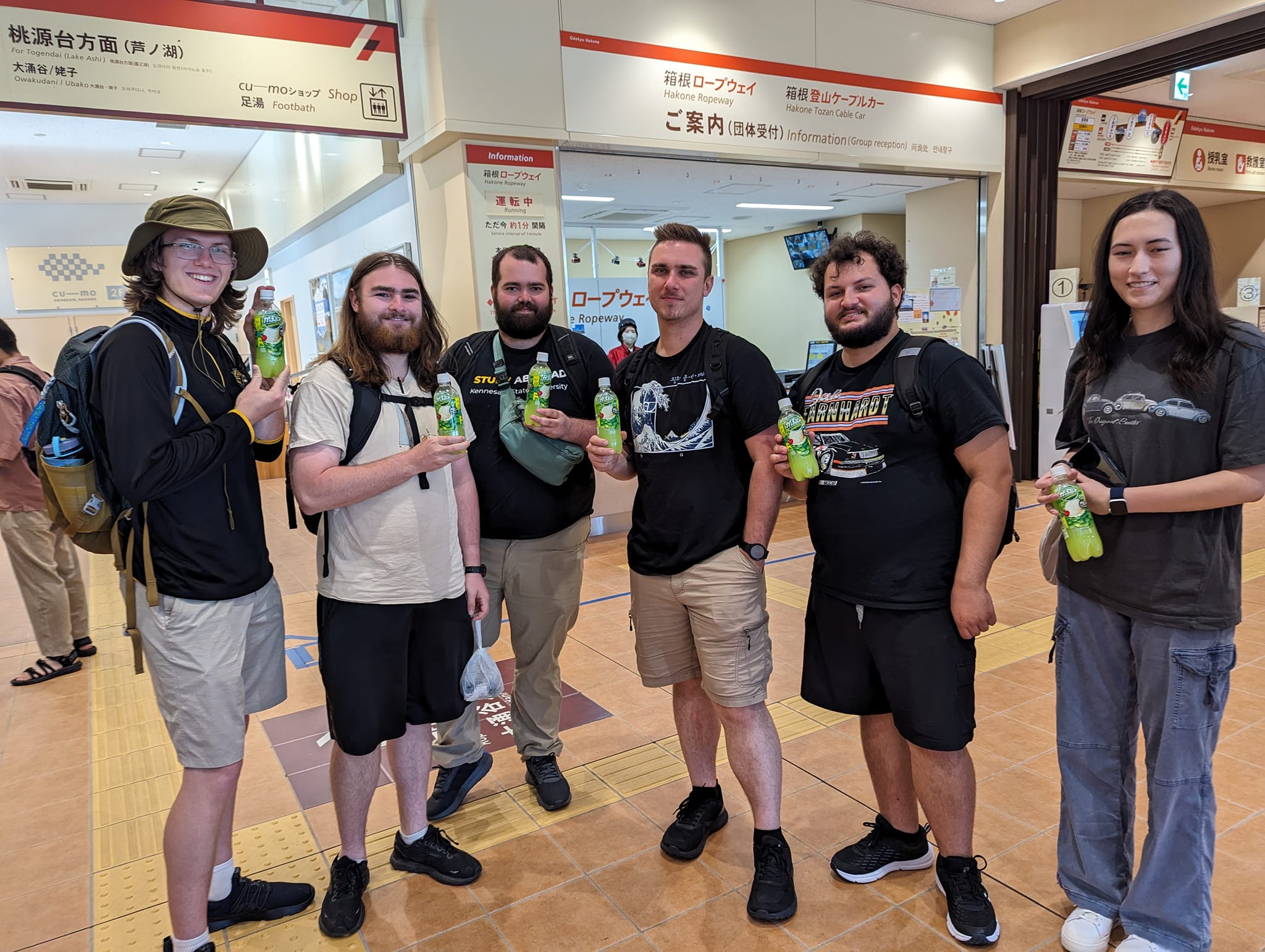
But while melon float sodas and black eggs are interesting and fun, that's not what we came to Hakone for! The views of Mount Fuji from the Hakone Ropeway were truly stunning and everyone got at least a few really great pictures of Mount Fuji to take home.
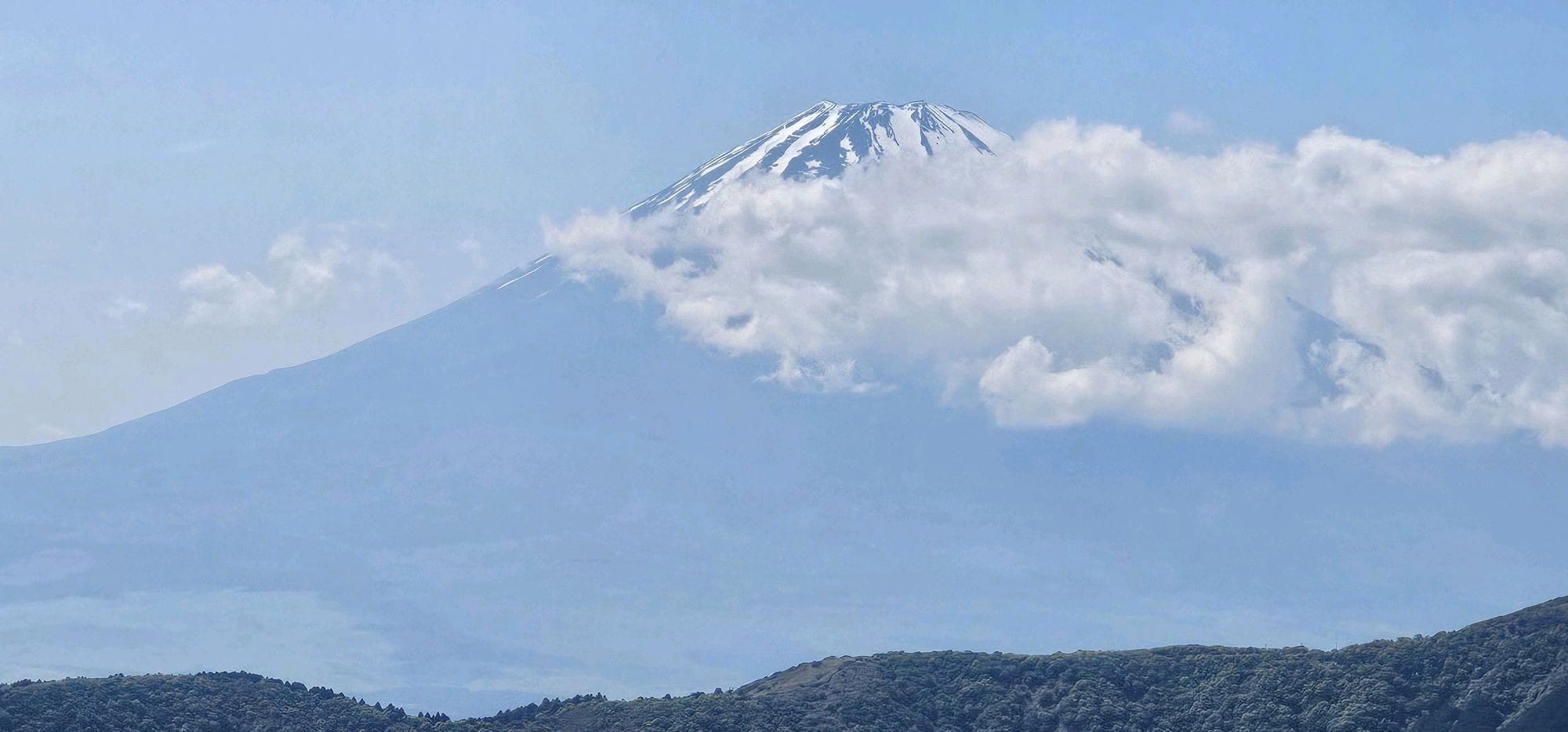
Day 5 was a travel day with no programmed activities, but we did have an optional evening activity! On our first night in Hakodate (the southernmost city on Hokkaido), we took a bus to the Mount Hakodate Ropeway, which takes you up to the top of the mountain in a cable car. There are some absolutely stunning views of the city and the bay from up there and it was a really nice way to welcome the students to the new place they would be staying for the next 3 nights.
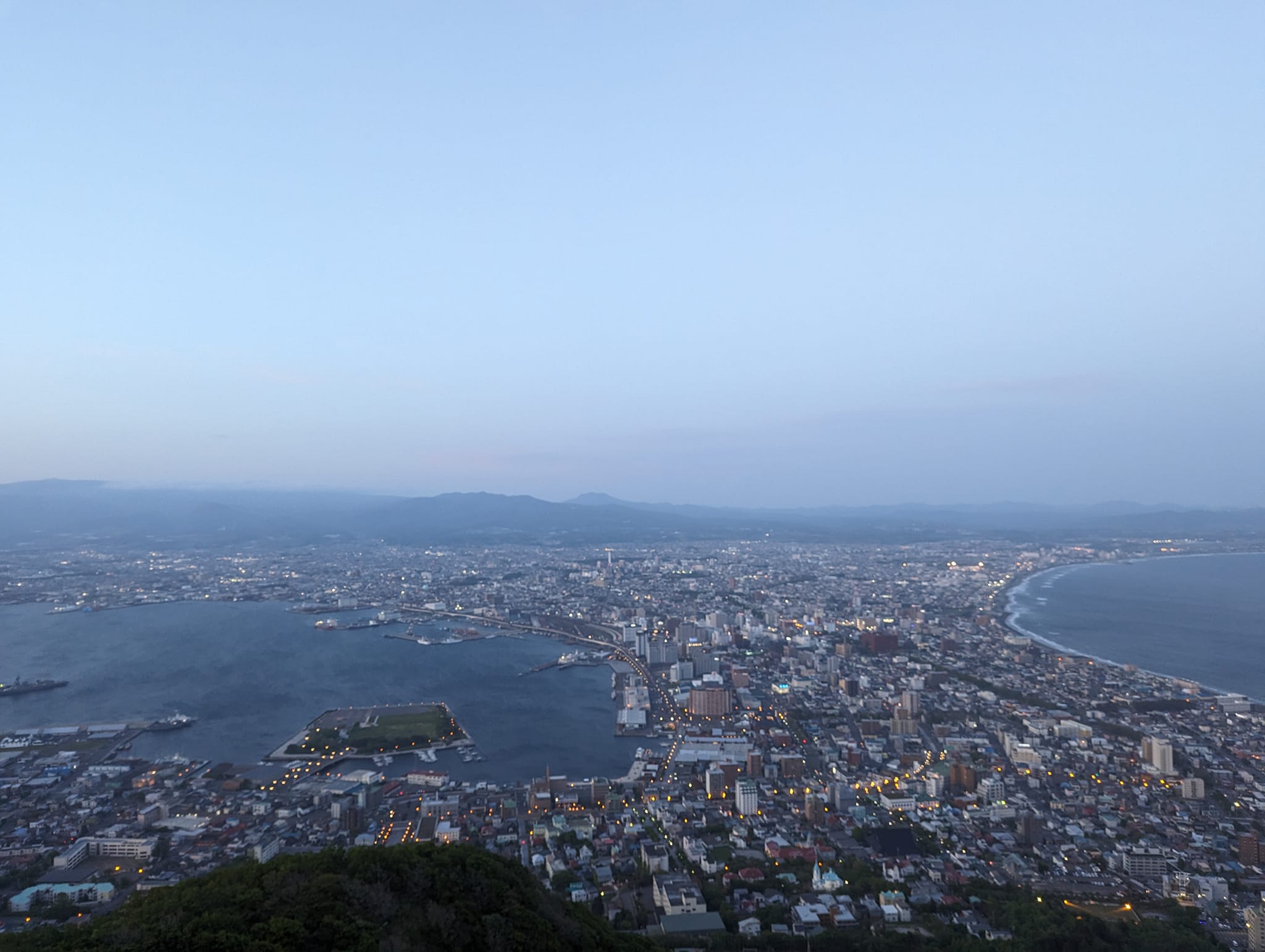
Students found Hakodate, a small city, to be a nice break from the hustle and bustle of Tokyo.
The next day was one of the ones I was most looking forward to (sue me, I'm an environmental scientist!). We hiked Mount Esan, a volcano on the southeastern tip of Hokkaido. It was such an amazing experience.
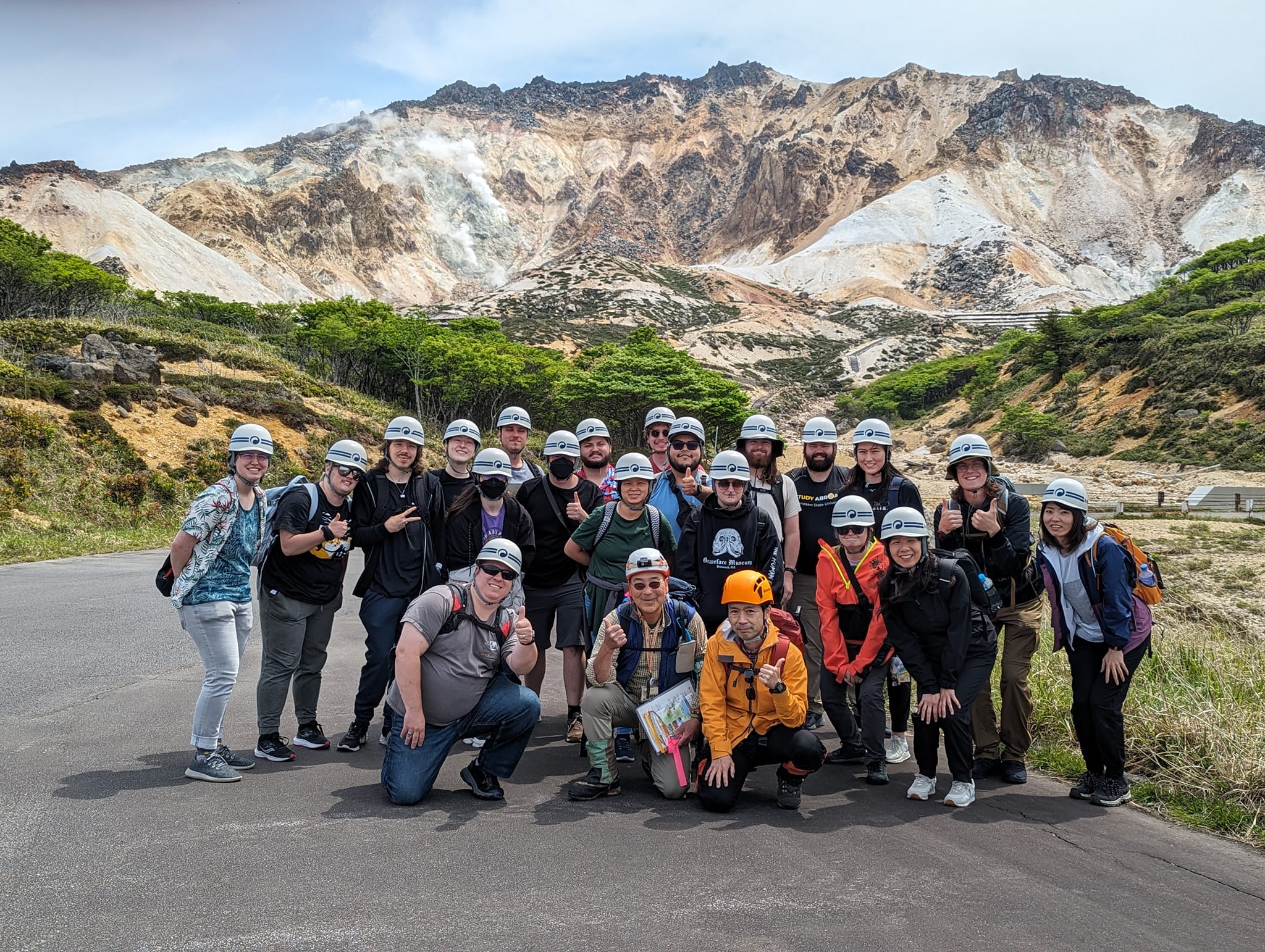
None of the students (or me for that matter) had ever seen an actual volcano up close. It was a really unique experience for all of us, and one that I hope the students will remember. Our guide showed us a small volcanic stream near the entrance and said that the water was safe to drink if anyone wanted to try it. So of course I volunteered, eager to experience the volcano with as many senses as I could. The story of my experience with drinking volcanic spring water is summarized well by the 3 pictures below. Note the look on the guide's face in each picture as well. He knew exactly what he was doing!
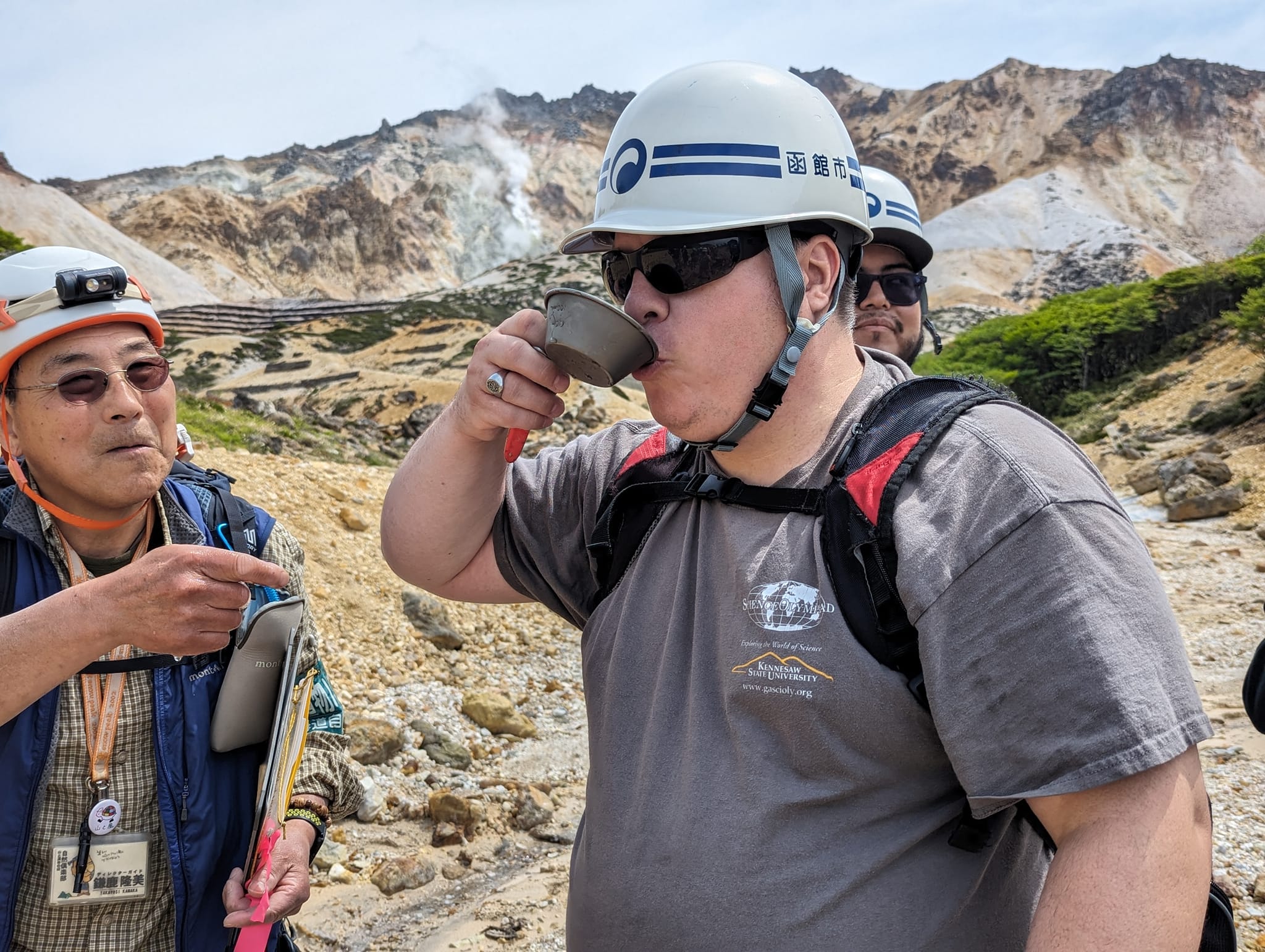
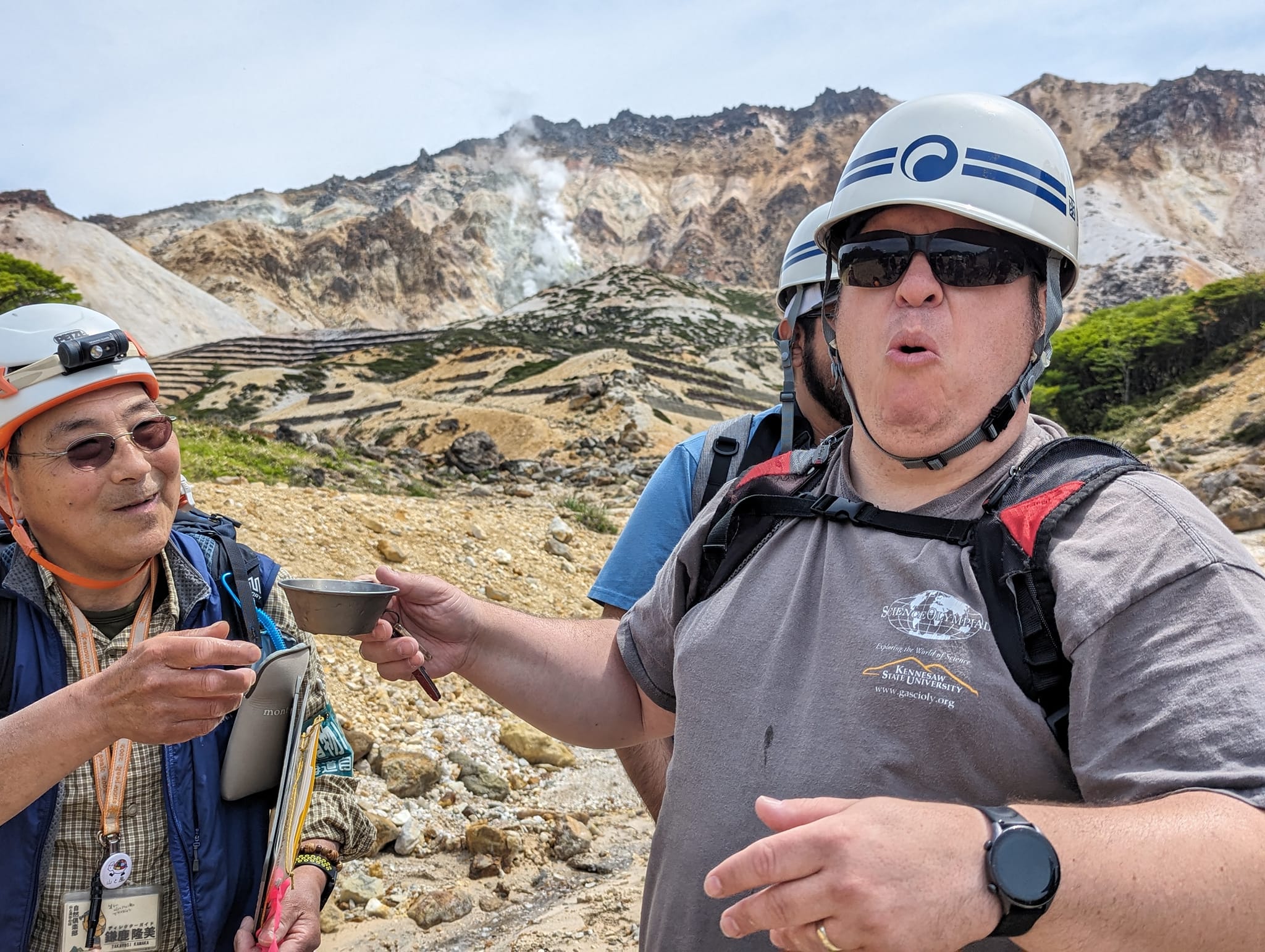
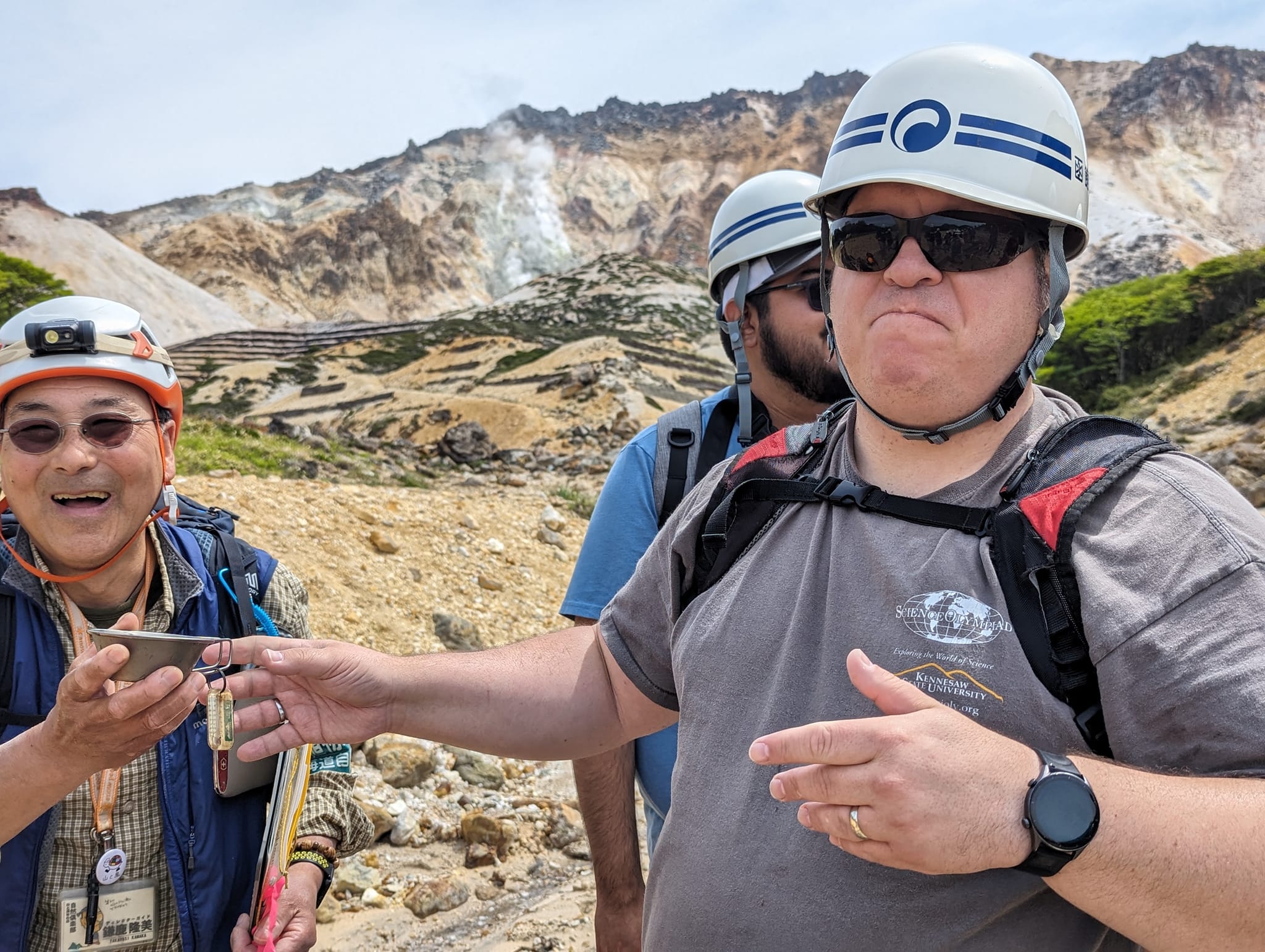
The hike was challenging, but not too tough. It was definitely worth it for the view, which let us see both the Sea of Japan and the Pacific Ocean at the same time!
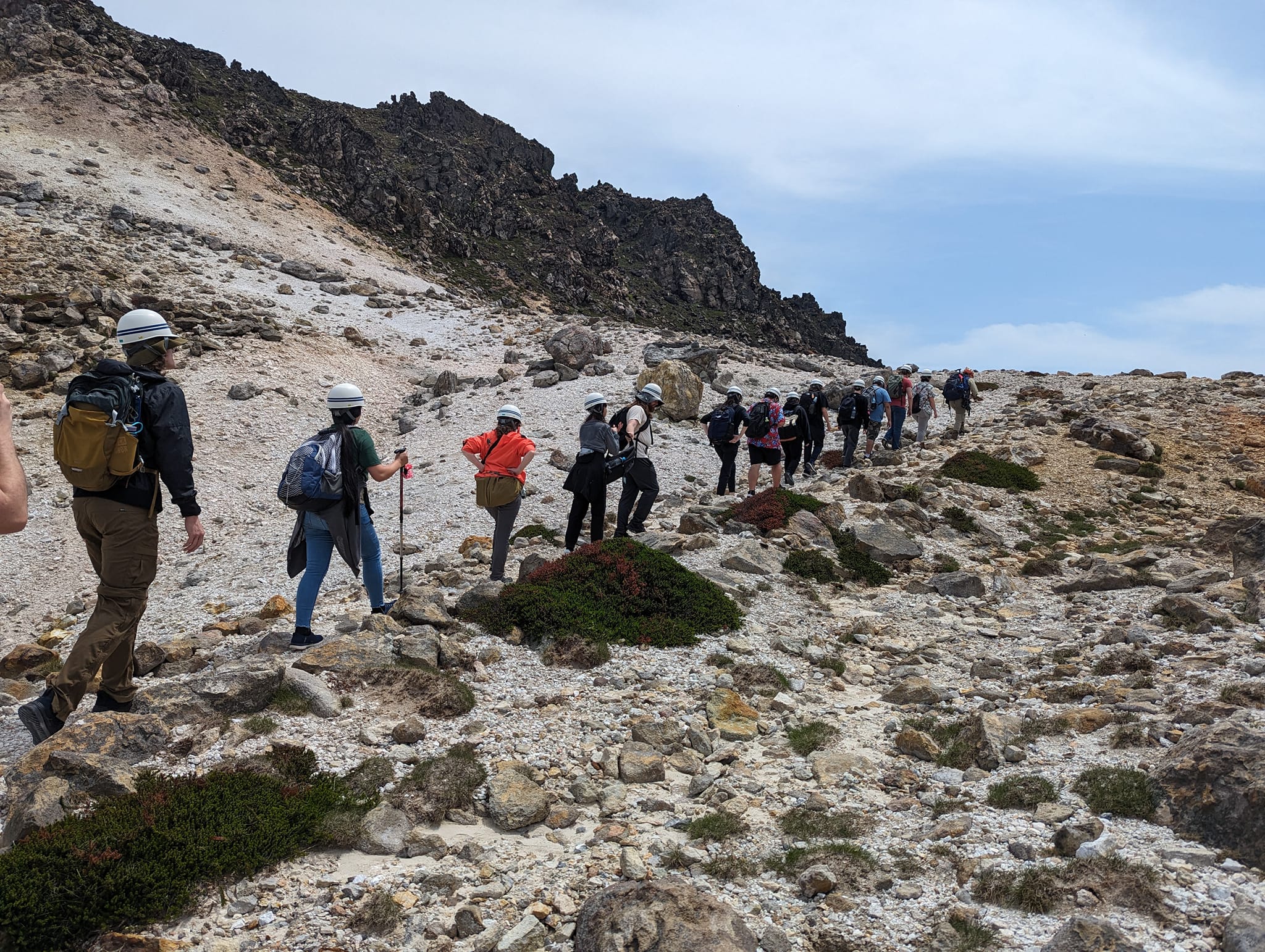
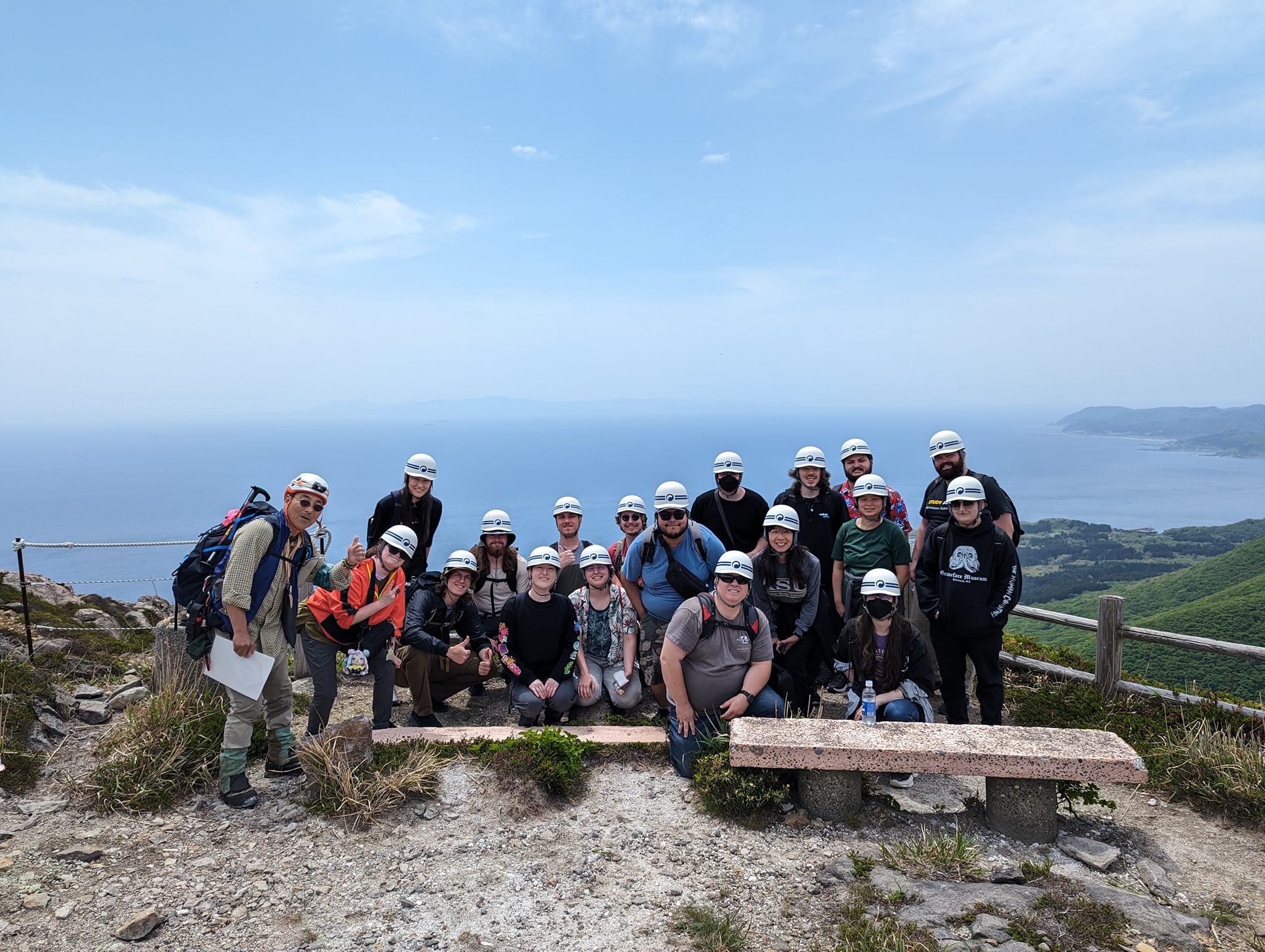
Day 7 of the program started with a trip to Hakodate's Morning Market, where students could try some fresh seafood, produce, and ice cream.
If you are brave, you can have the freshest squid sushi in the world here! You get a fishing pole and catch your own squid out of the tank, and they prepare the sushi right in front of your eyes. About 2 minutes after you catch the squid, you're eating it, and some parts are still moving when you do!
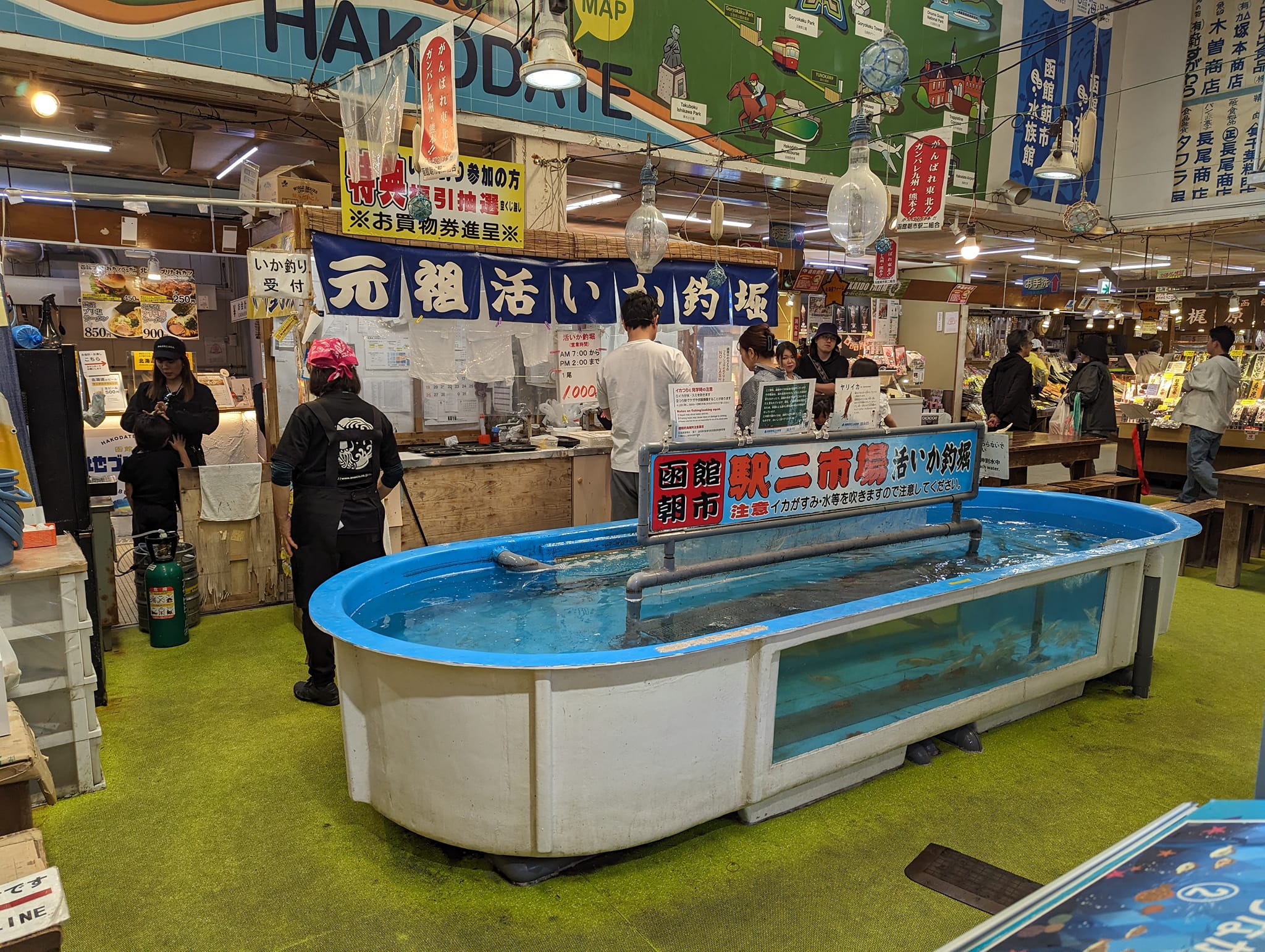
Students also got to visit an onsen in the Yunokawa district of Hakodate. Japan's hot springs, volcanism, and prevalent earthquakes are all connected to its location relative to so many tectonic plate boundaries. Experiencing the mineral-rich hot spring water is part of understanding the geologic history of the area.
Day 8 we traveled from Hakodate to Fukushima and stopped on the way at the Commutan Museum in Miharu, which is dedicated to educating people about the Fukushima Daiichi nuclear disaster. The students got a lot of great background information here, including seeing some very high tech maps of the incident and its aftermath.
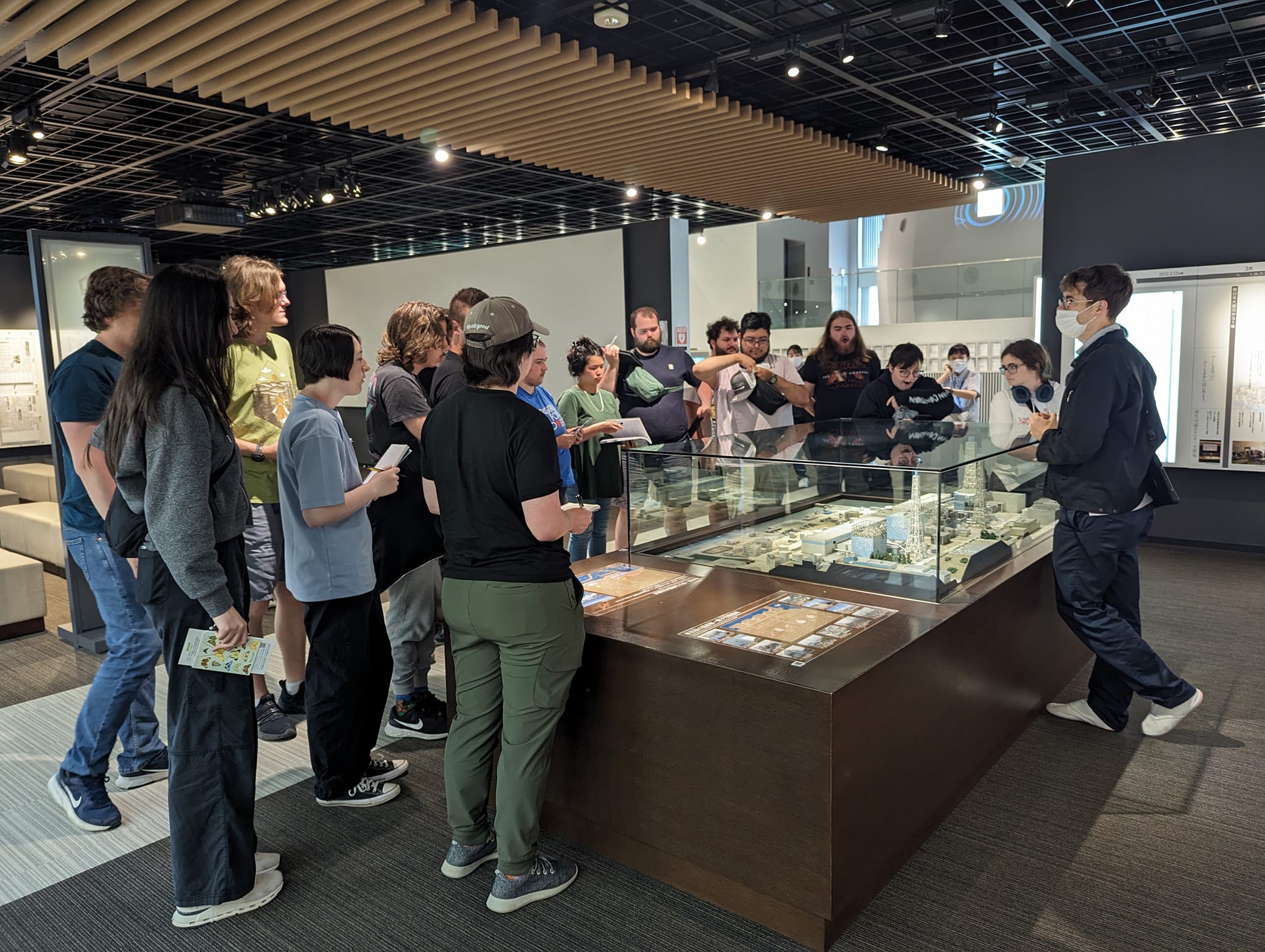
The students also got to do a hands-on activity where they used geiger counters to measure the radiation emitted by some common items including granite, salt, and fertilizer. Realizing that there are a lot of things around us that emit radiation all the time made our visit to Fukushima a little less scary for all of them.
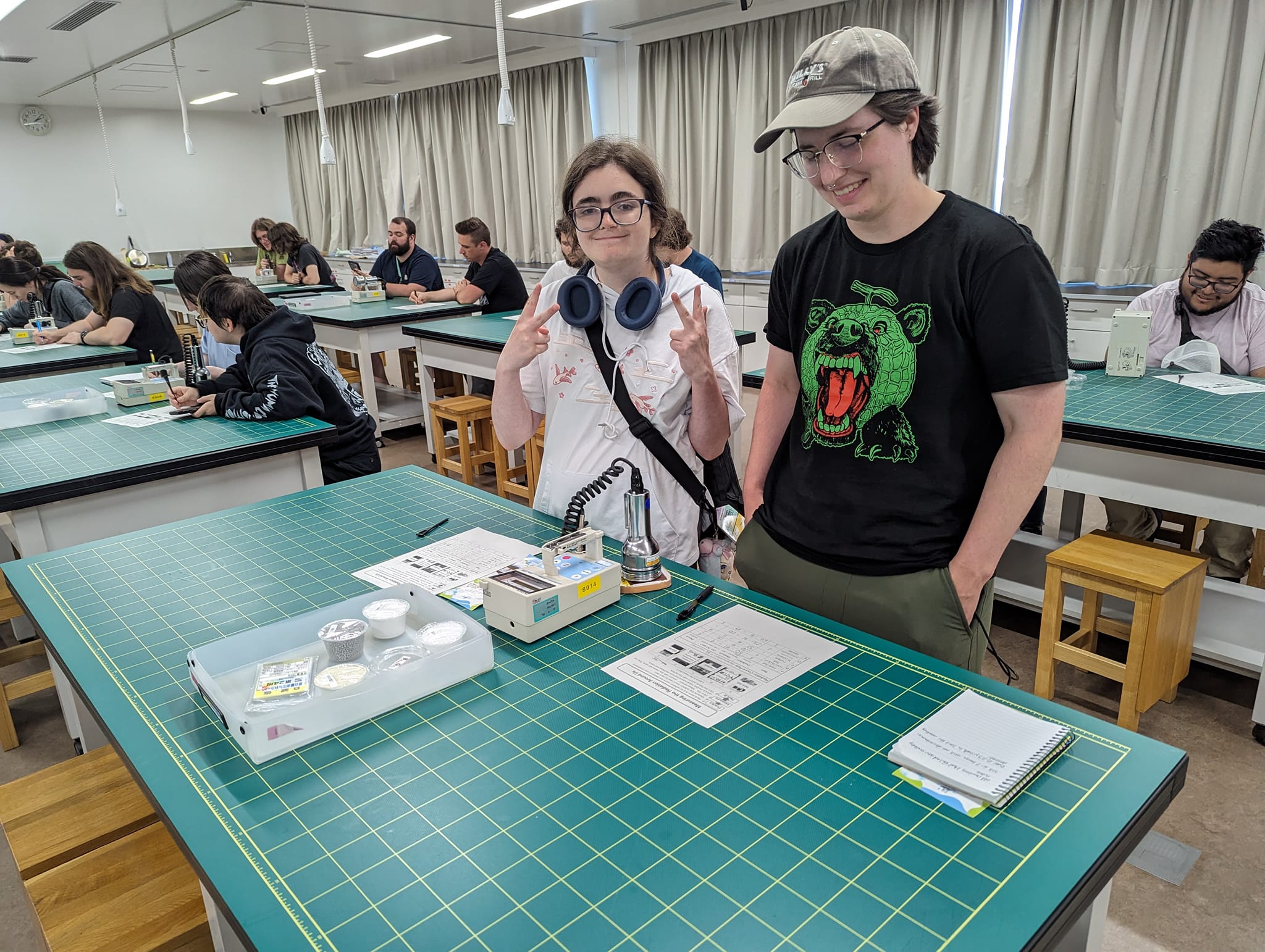
The next day was another big one for me, I got to take the students to Iitate Village, a farming village about 30 km northwest of the Fukushima Daiichi nuclear power plant. They met and talked with 3 farmers about how the meltdown impacted their lives and how they have tried to rebuild those lives since they returned from the 5-year mandatory evacuation.
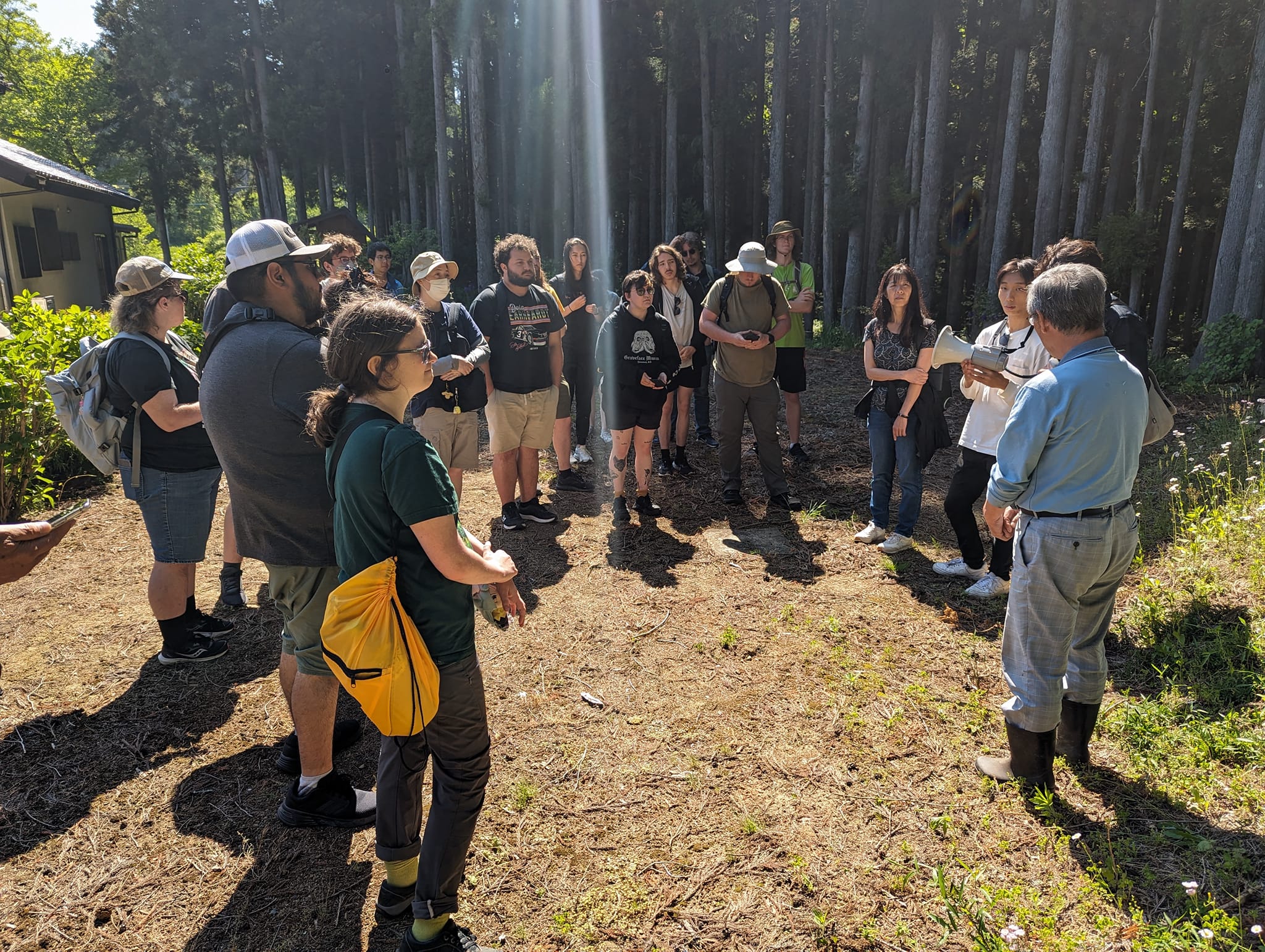
We also had the service component of our studyt abroad program in Iitate Village. Students helped farmer Muneo Okubo to plant some rice in one of his paddy fields, which was another one of those unique experiences that I think students will remember for a very long time.
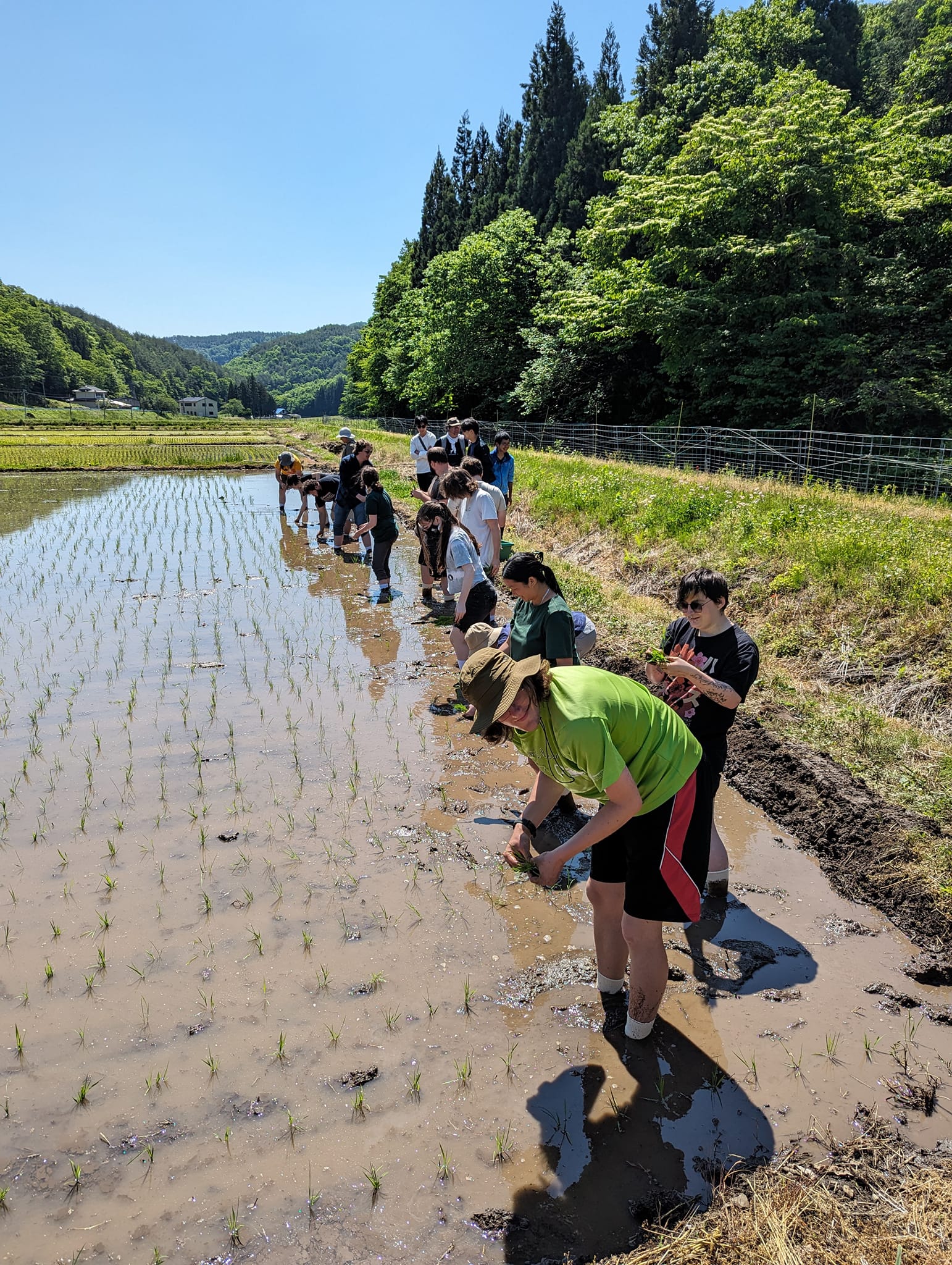
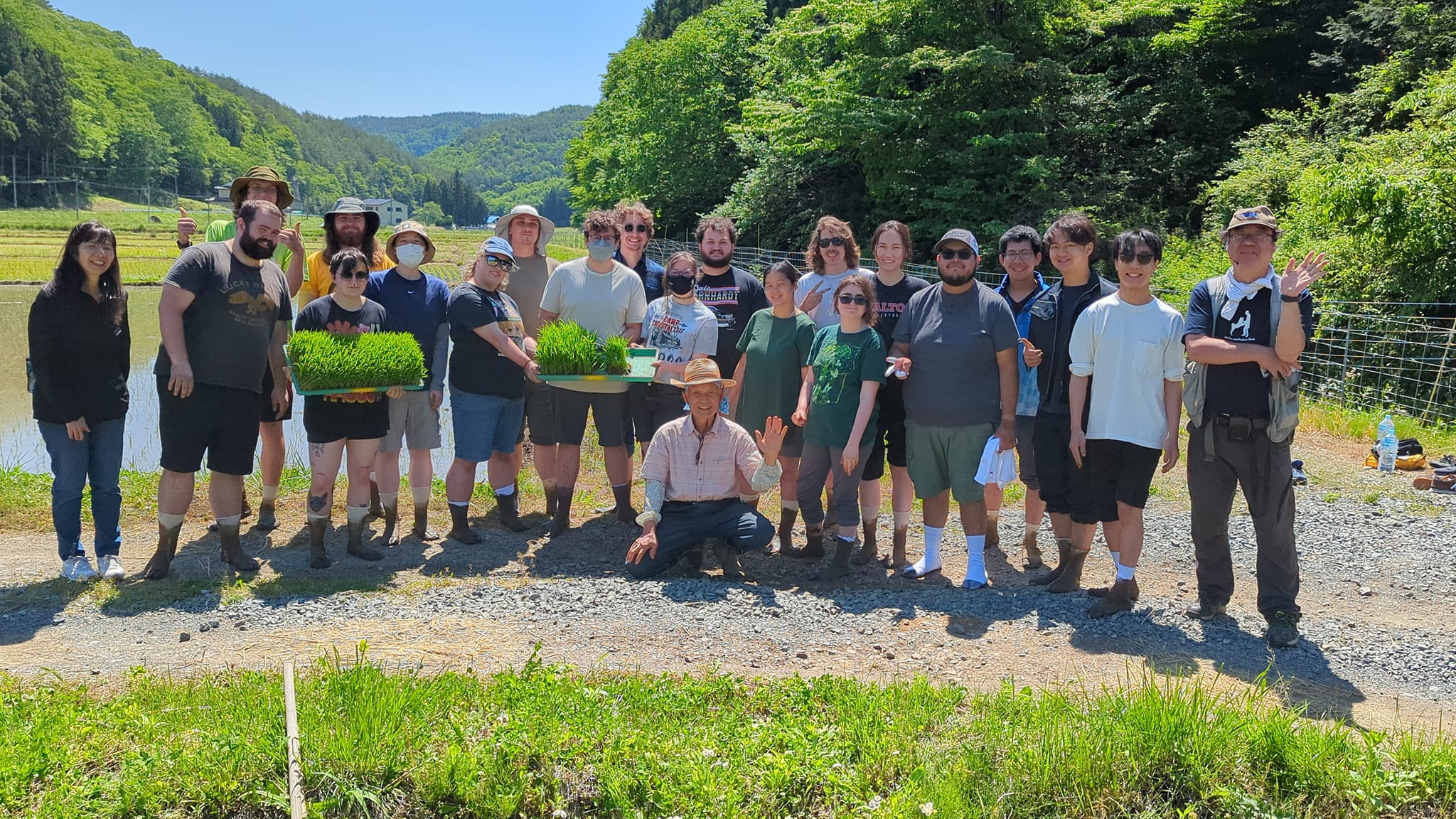
Muneo san uses the rice he grows to make sake, and he even gave us a bottle to take with us to celebrate the hard work they did in the paddy field and toast their visit to Iitate Village.
Day 10 was another travel day, from Fukushima to Kyoto. We had an optional evening trip to Nishiki Market, which is a massive shopping mall in the Shijo district of Kyoto.
From there we stopped at the Pokemon Center on the way back to the train station, where some students may have gone a little bit overboard buying Pokemon merch.

Day 11, our first full day in Kyoto, we visited Kiyomizu Temple, one of the most famous temples in Kyoto. It's perched in the middle of a forest in a mountainous part of the city, which gave some really spectacular views.
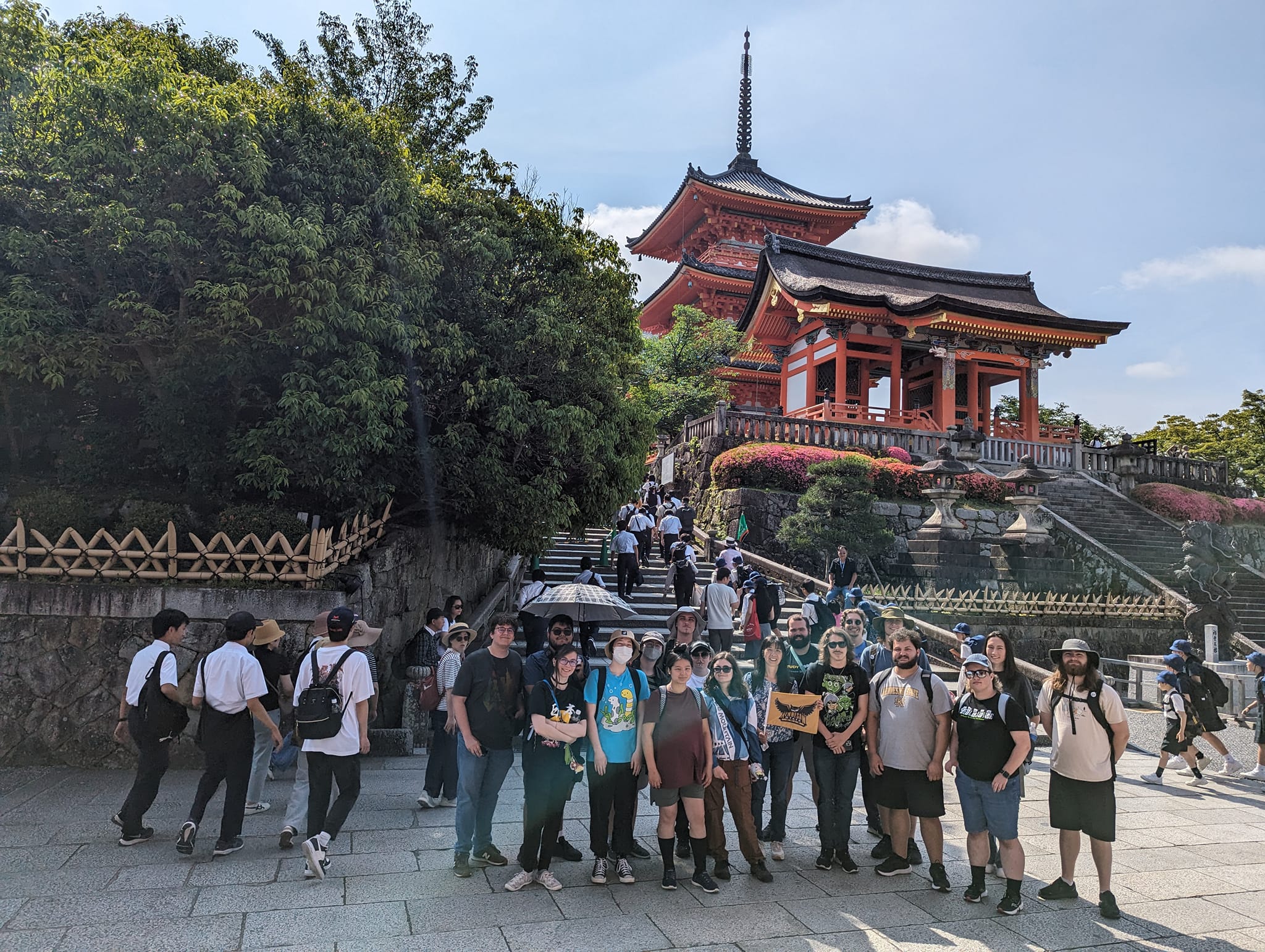
Kiyomizu Temple is home to a sacred waterfall, which splits into 3 streams. It's said that you must only pick one of the streams to drink from. One is said to grant long life, one is said to bring luck in love, and one is said to grant wisdom. Many of the students waited in line to drink from the waterfall. Which stream do you think was the most popular?
We also visited the Yasaka Shrine, where the student who pulled the worst fortune at the Senso-ji Temple back in Tokyo bought a new omikuji fortune to try to cancel out his bad luck. During our trip to Hakone, he lost his transportation pass and had to buy a new one at a cost of about $50. He really didn't want anything like that to happen again so he tried to change his luck at the Yasaka Shrine.
We roiunded out the day with a visit to the International Manga Museum, which a lot of the students really enjoyed. Did you know there are manga dating back as far as 1912? Me neither.
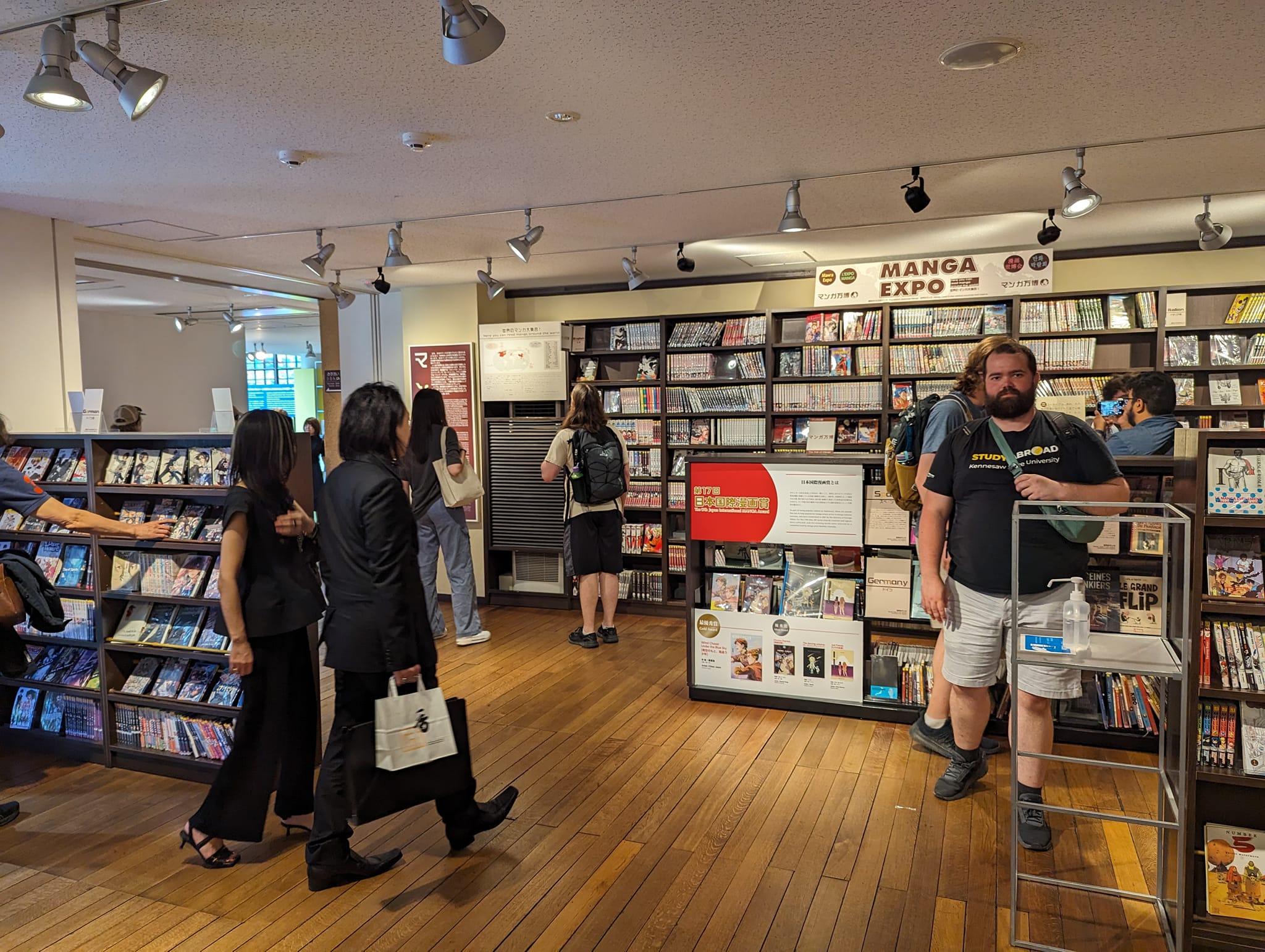
On Day 12 we started with a very early morning visit to the Fushimi Inari Shrine to try to beat the crowds. Fushimi Inari is one of the most beautiful places in Kyoto, featuring a number of smaller shrines inside as well as 10,000 torii gates.
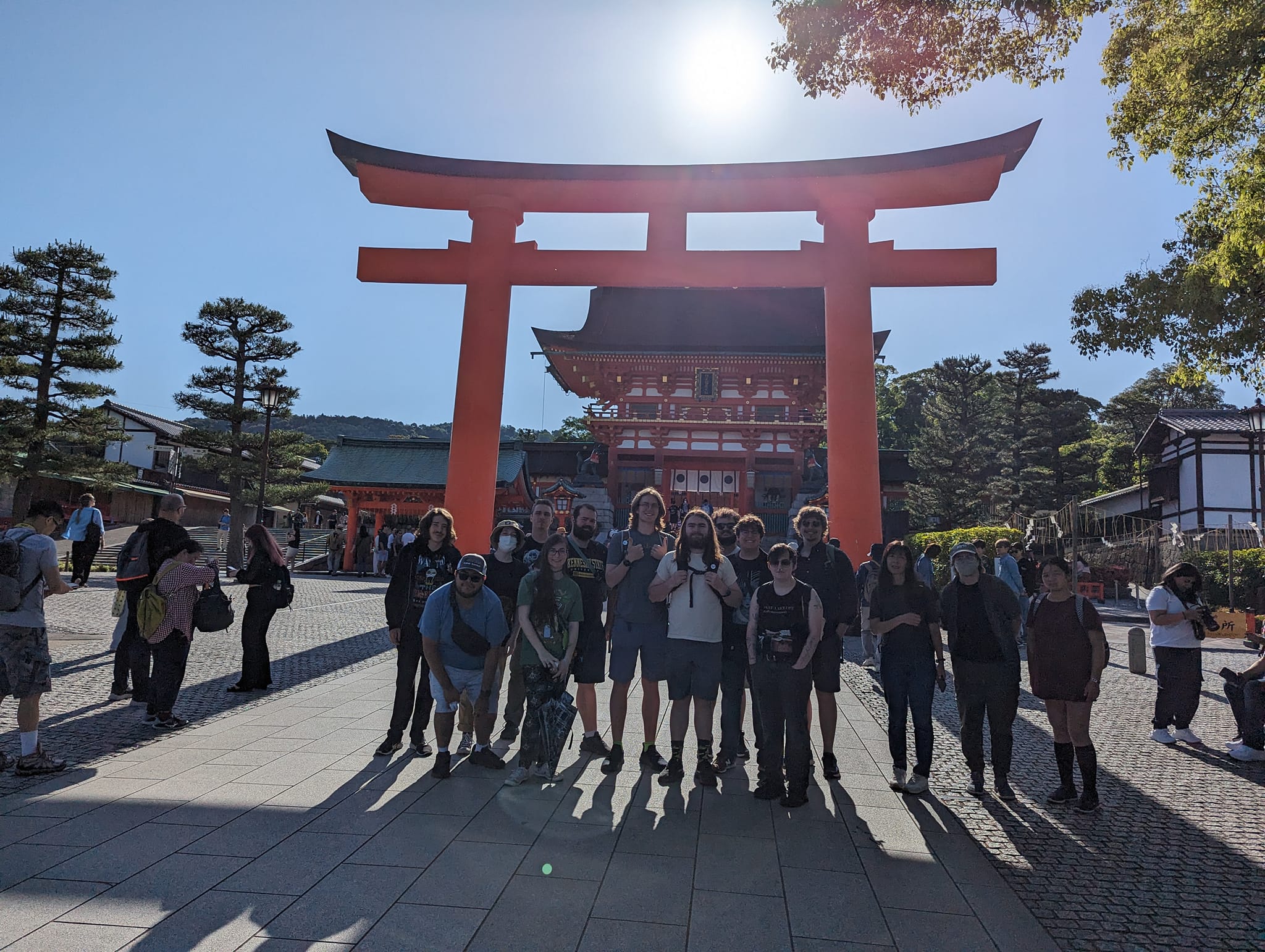
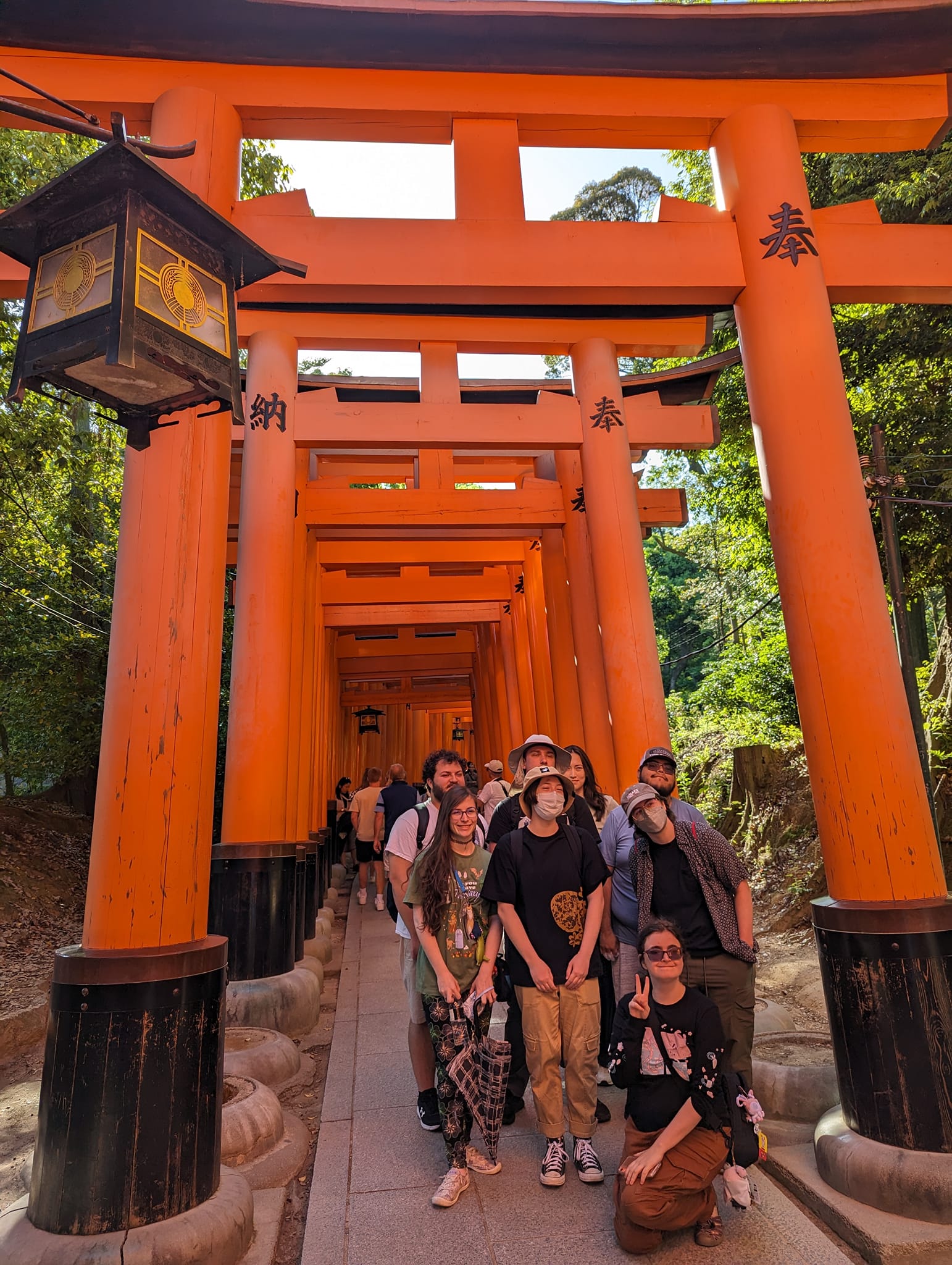
Due to scheduling issues we wound up doing our optional activity in the morning instead of the evening this day. We visited the nearby Fushimi Sake district, where we went to the Gekkeikan Sake Museum. We learned about the company's 400 year history of making sake and even got to do a sake tasting at the end of the tour!
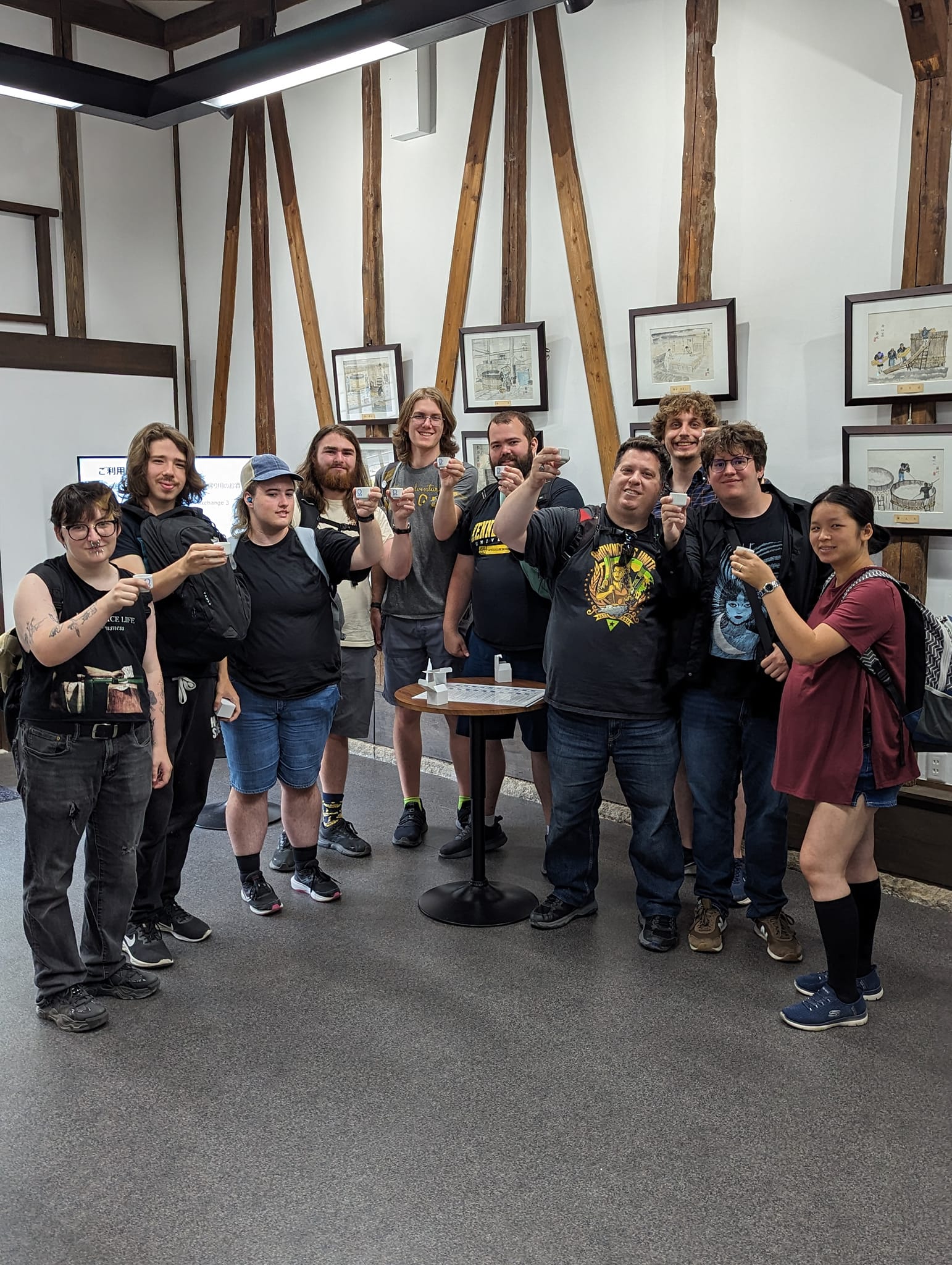
After that, we were off to Nijo Castle, which held the residence and audience chambers of the Shogun when he visited Kyoto, which is where the Emperor lived. It was both an impressive and intimidating structure at the same time.
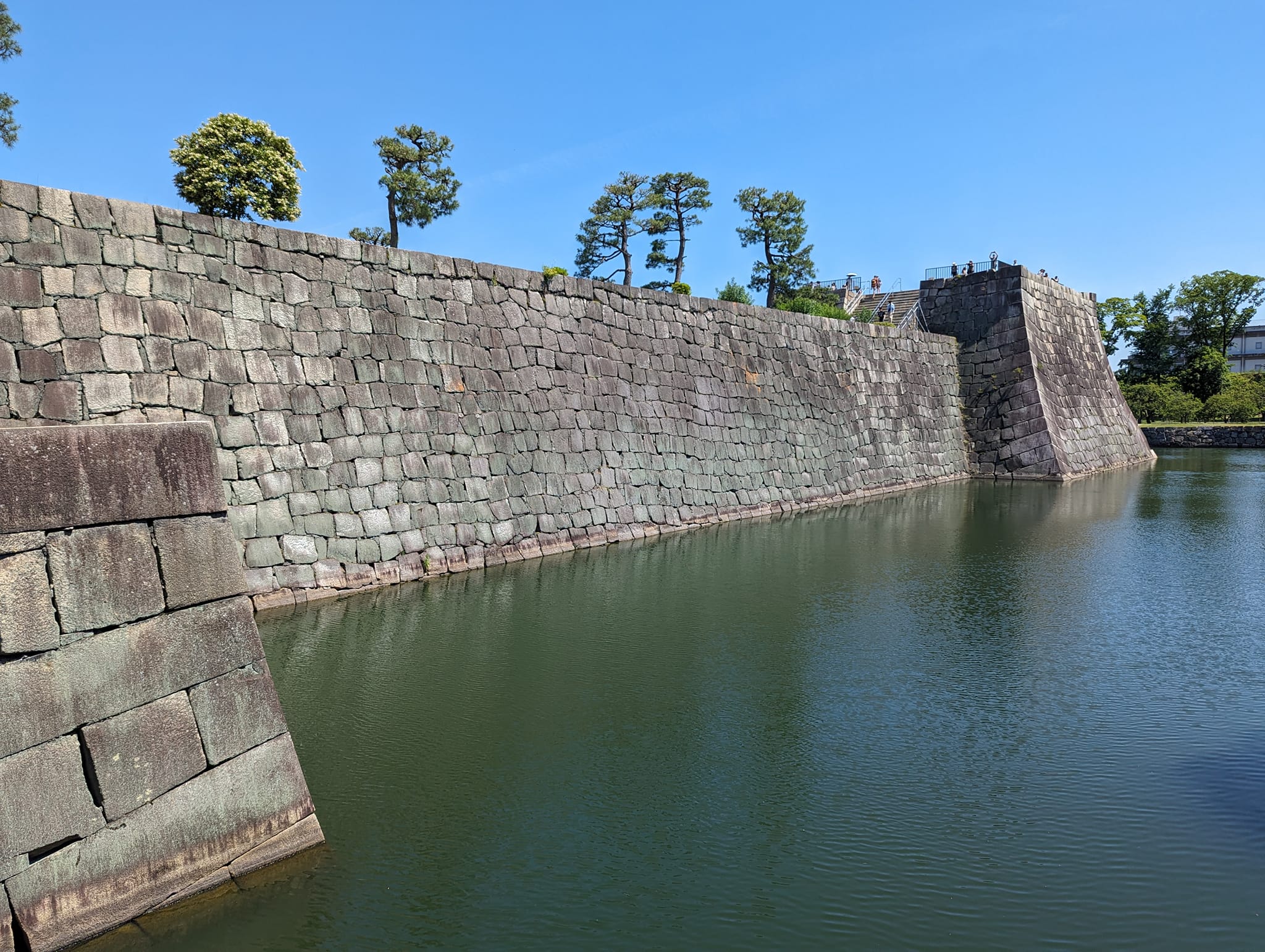
Day 13 we traveled back to Tokyo, where the students had a free day to explore the city and finish up any last minute gift shopping they wanted to do.
Our last evening together in Tokyo, the optional evening activity was karaoke! This was such an amazing way to cap off our two weeks together. It was such a great evening and you could really see the bonds that the students had forged during our travels in Japan. It was difficult to imagine that only a few weeks ago, many of these students barely knew each other! As a special treat, they even got to hear their professor sing, including one song I sang together with 3 of the students!
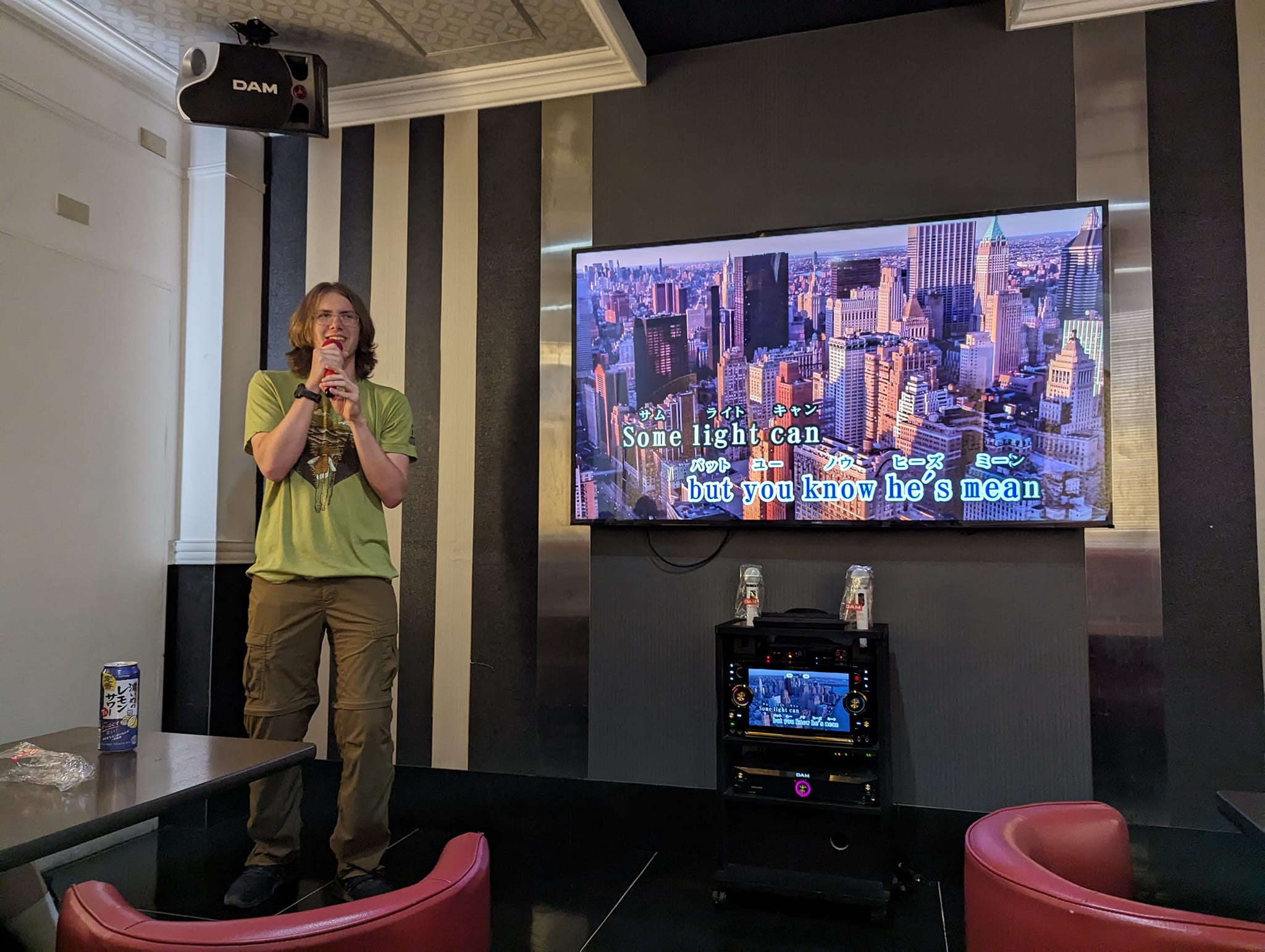
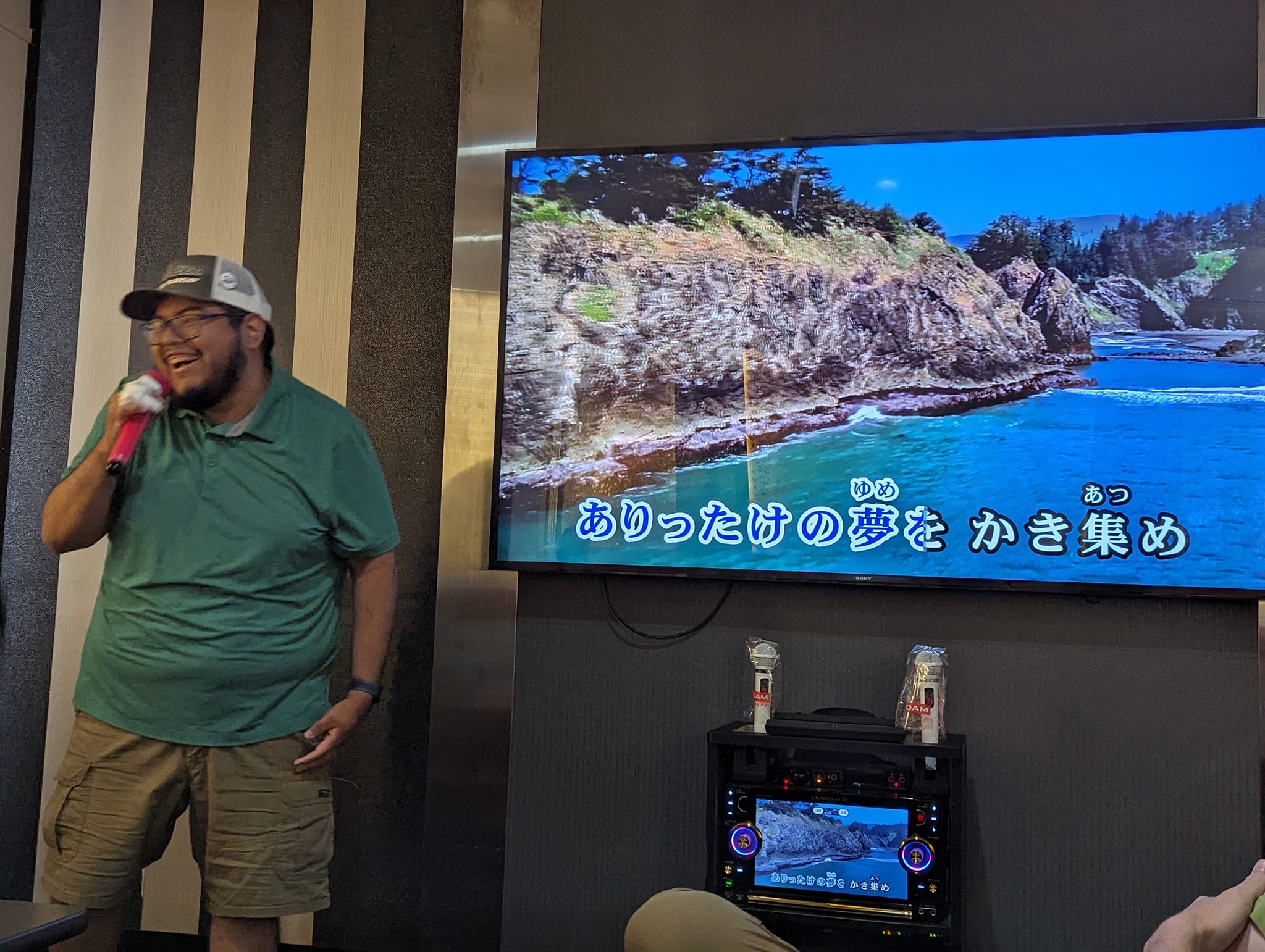
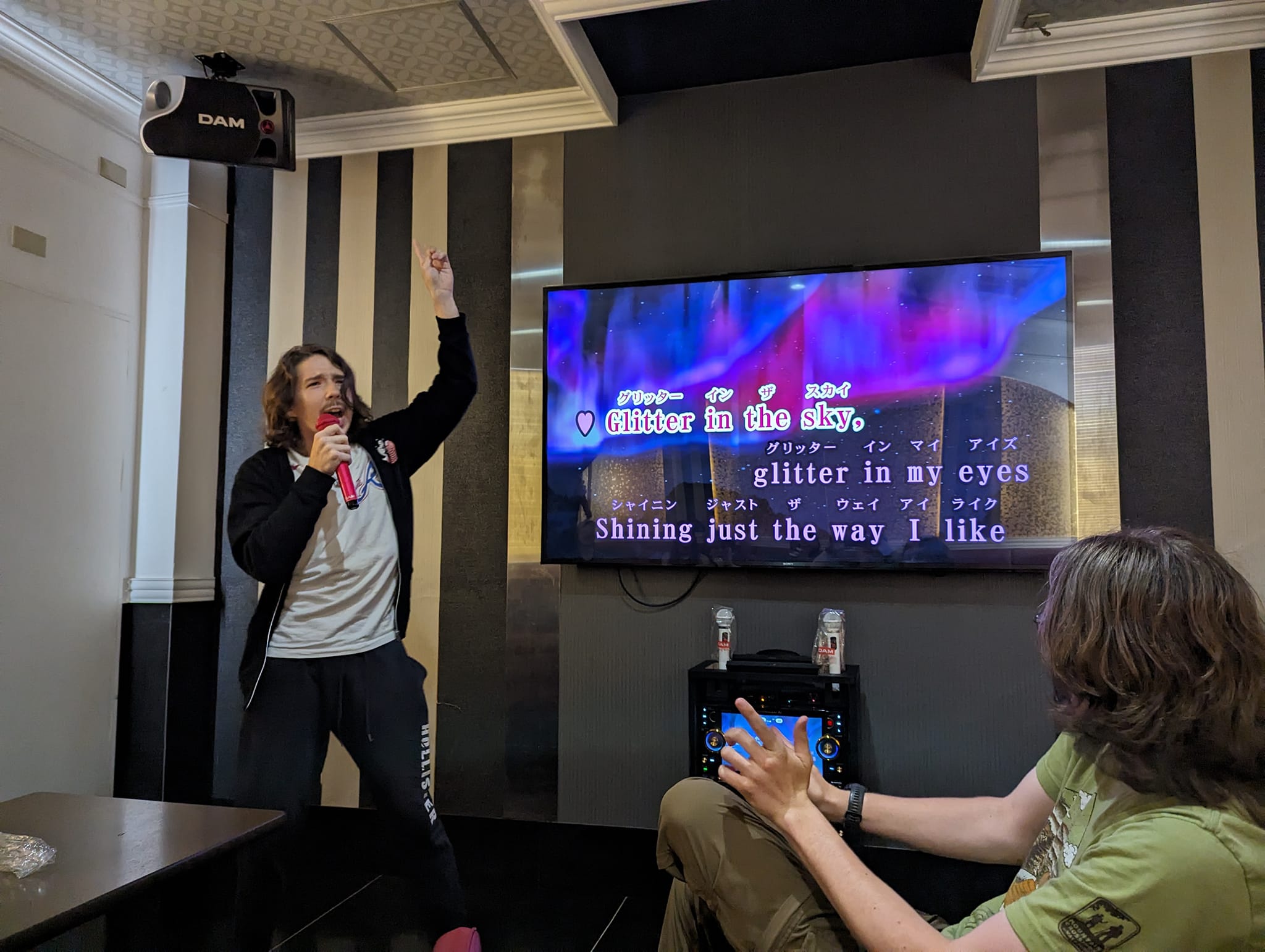
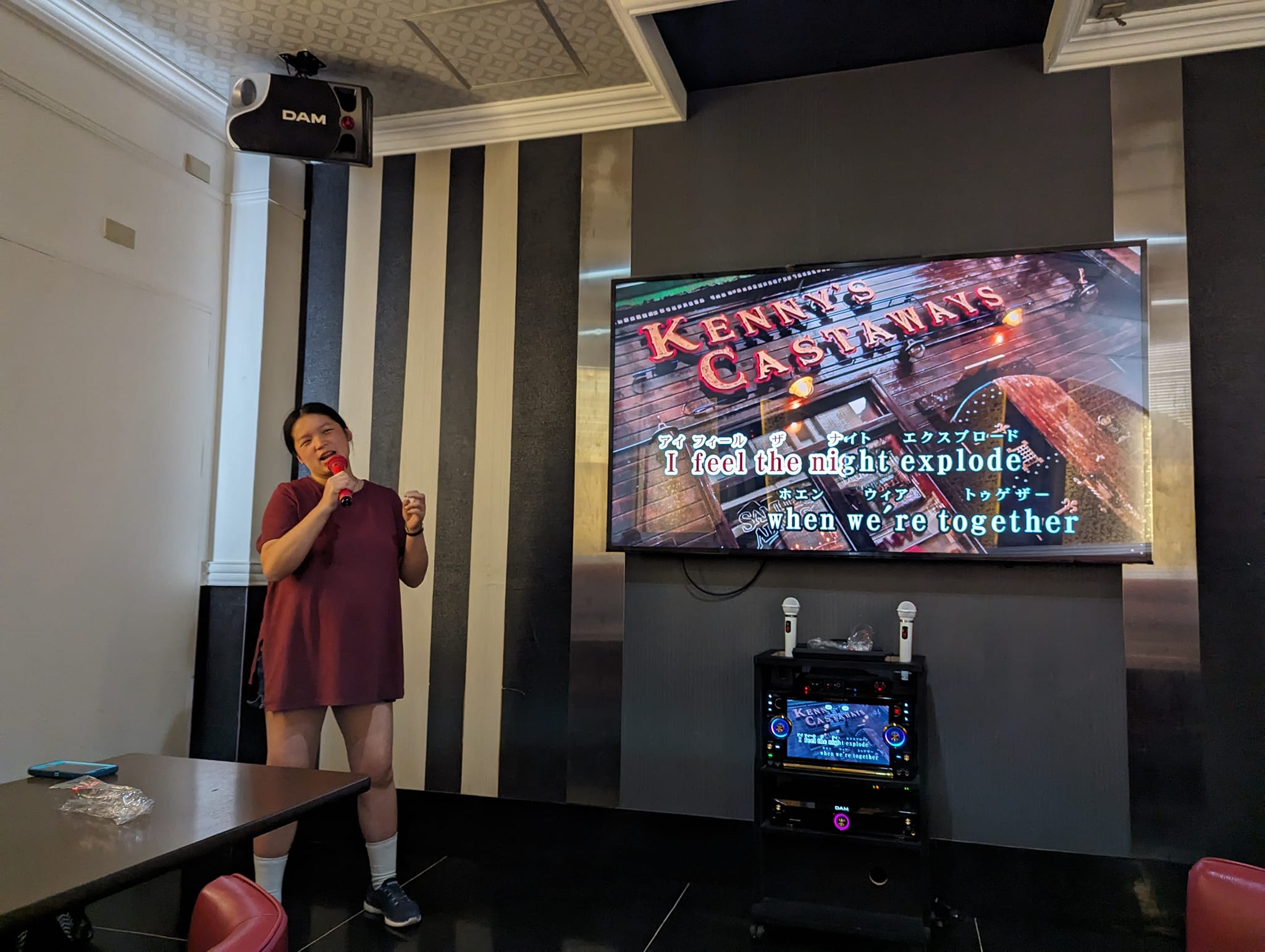
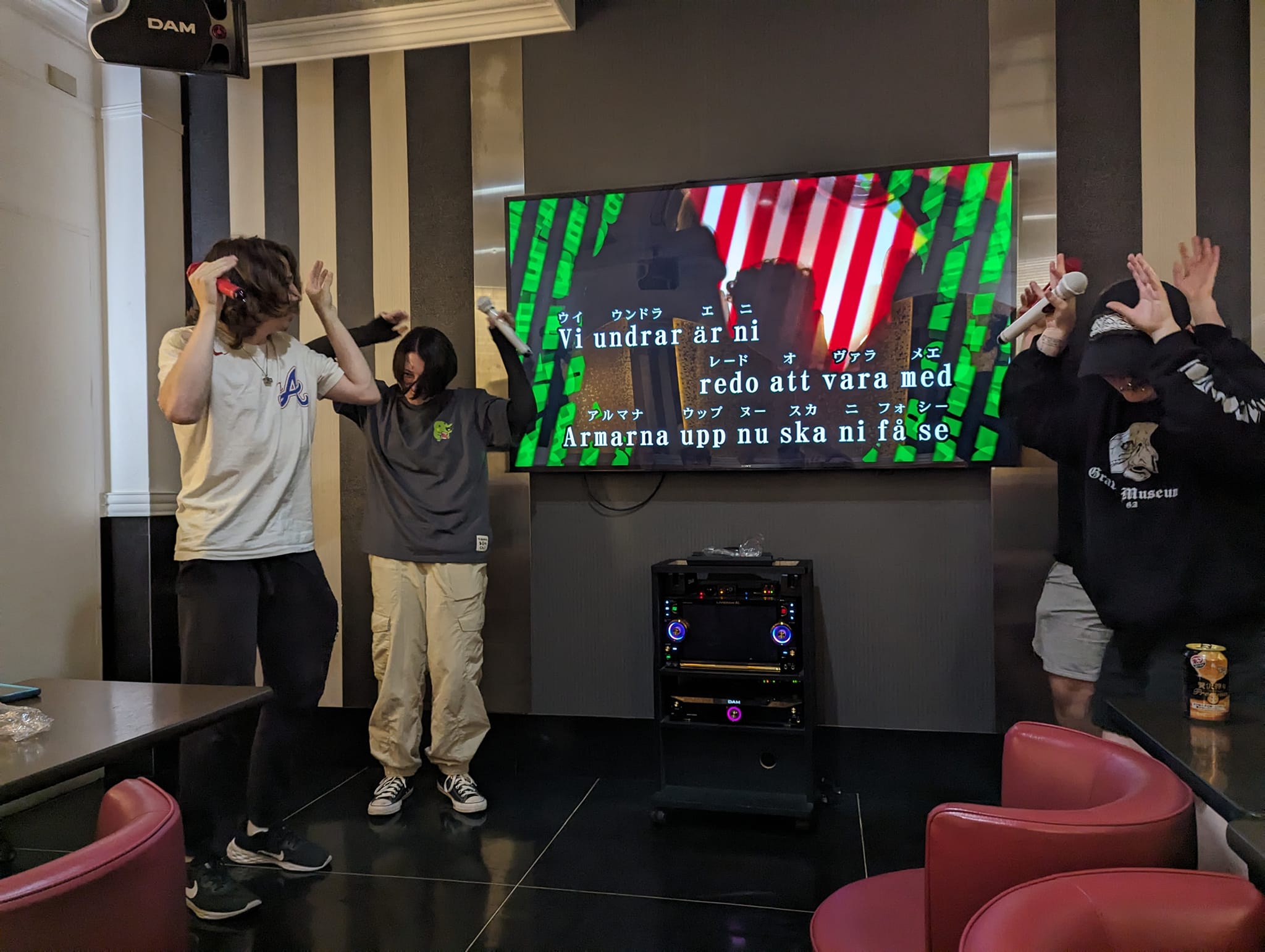
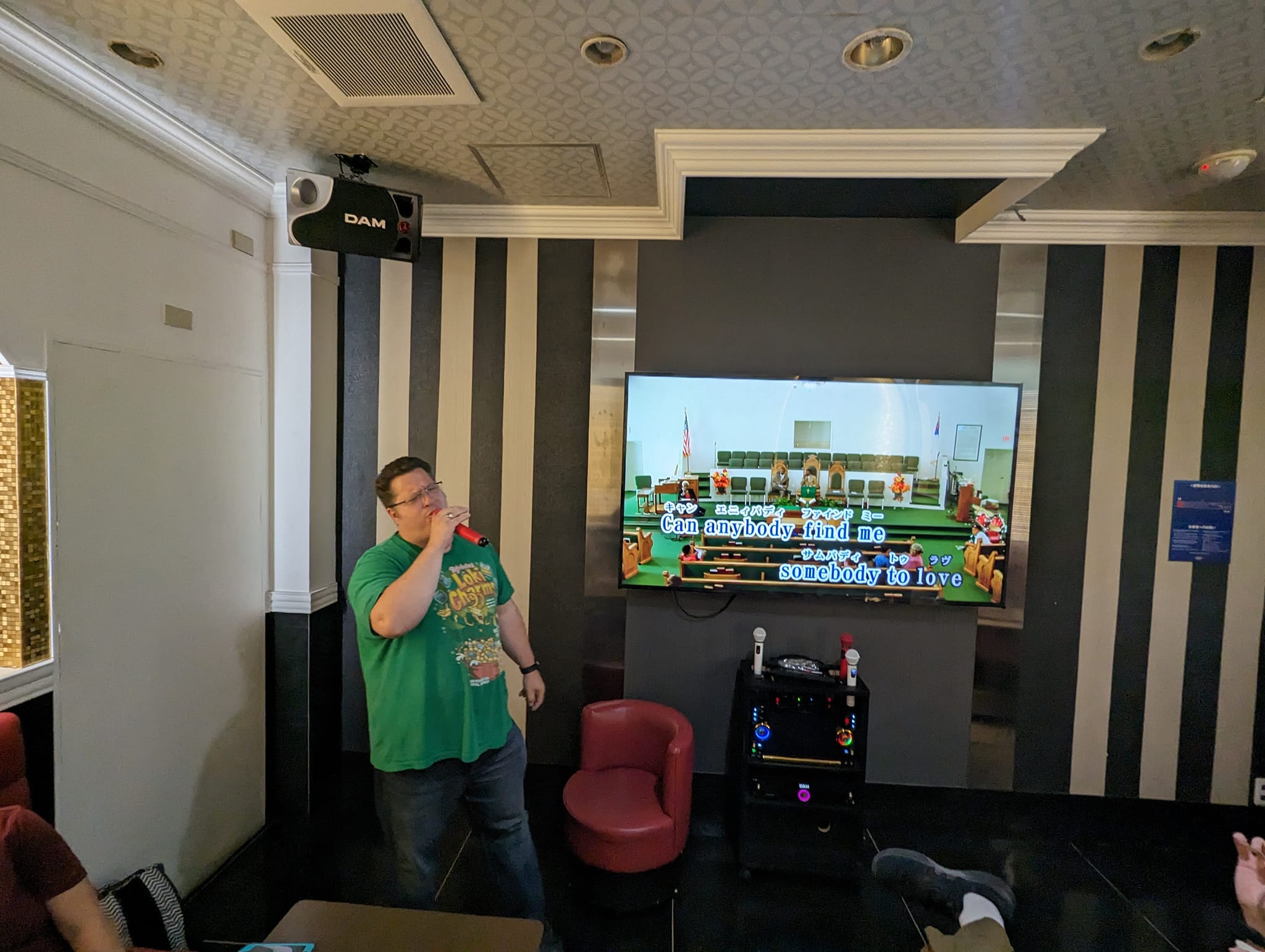
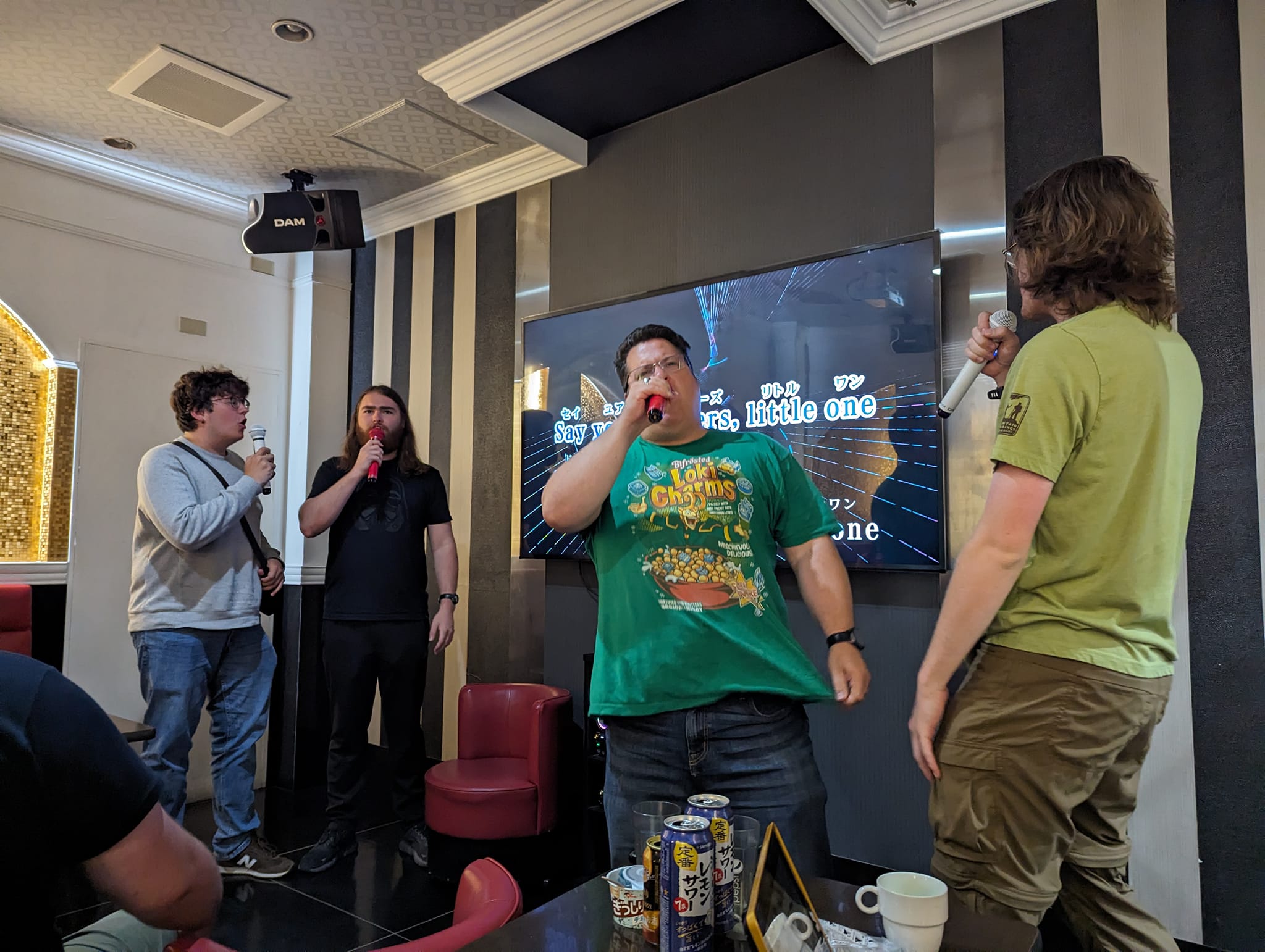
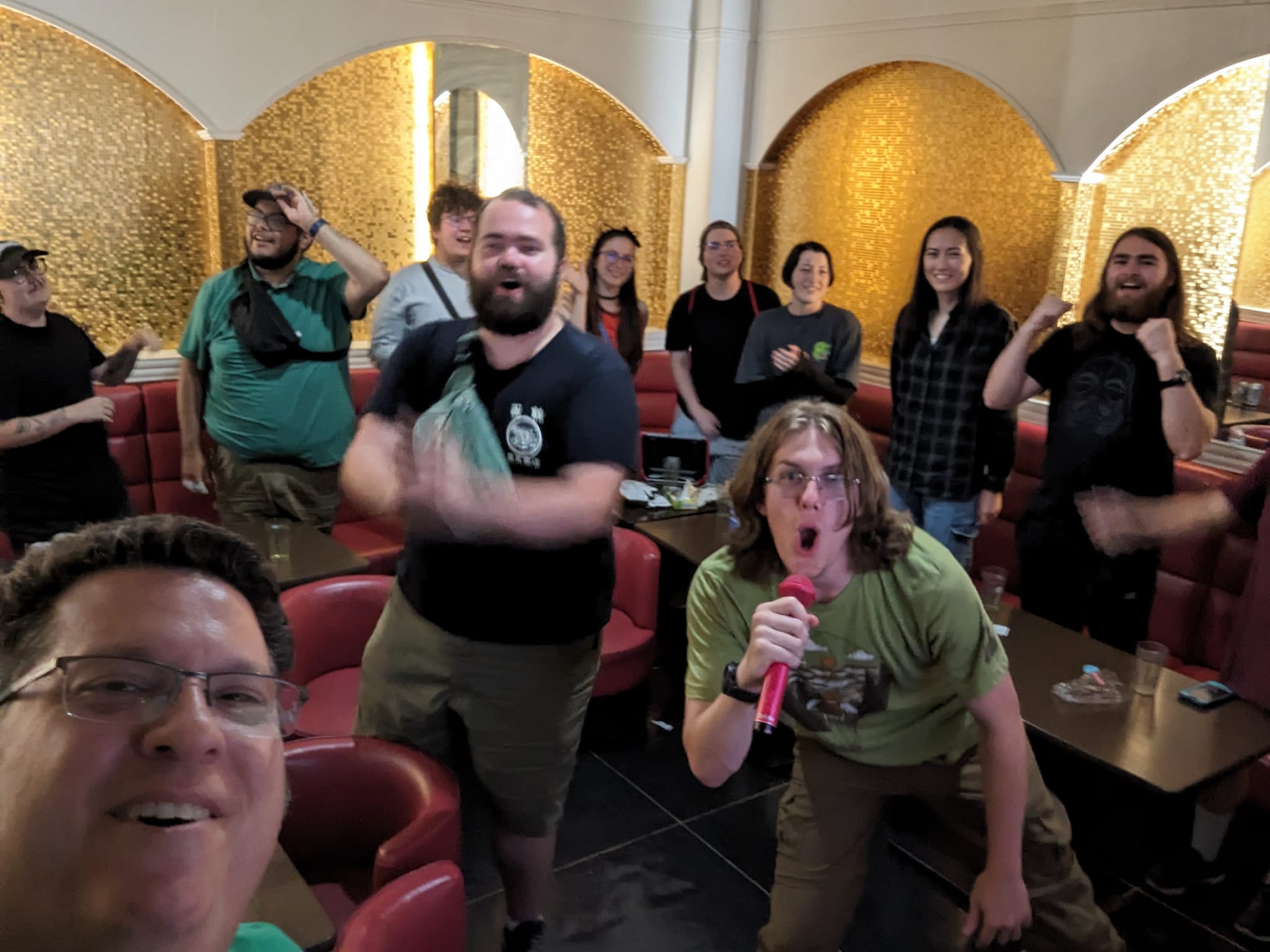
It was such a pleasure getting to know this group of students and sharing so many wonderful experiences with them in Japan. I hope that I can have just as much fun and excitement with the next group of students in 2025!
2025 Update
I won't re-post the same locations from the 2025 study abroad program, but we did have a few new experiences and destinations in 2025 that were not part of the 2024 program that I would like to highlight.
I'll start off with a video of three students trying Japanese sour plums at the Shibuya Dagashi Bar. I discovered these last year by accident and it was an experience I will never forget. When I saw not one but THREE students getting ready to try them, I had to record the experience.
Another thing that was different about 2025 was that I had my daughter with me this time. She has been wanting to go to Japan since I first traveled there in 2016 and this year she finally got to come along! Having her with me led me to travel to some places that I wouldn't ordinarily have visited. One such place is Shin Okubo, the Korean neighborhood of Tokyo just north of Shinjuku. My daughter is a huge k-pop fan, and she just about lost her mind when she saw all the stores selling k-pop merch. If any future students are also obsessed with k-pop, this is a place you will definitely want to visit.
The day we arrived in Hakodate, we were able to do an optional evening activity that got canceled last year because I read the schedule wrong on the website and we showed up too late. The evening cruise of Hakodate Bay was super fun, especially because we were the only people on the entire boat! We got to see the city and the surrounding area from a different viewpoint and this made a really nice way to introduce the students to the beauty of Hakodate.
2025's students, unfortunately, missed out on hiking Mount Esan because it rained the day we were supposed to visit there. Given how rocky and uneven the terrain is, hiking it in the rain would be very dangerous. So we wound up doing an alternative set of activities that turned out to be very interesting and educational in their own right. First, we visited the Jomon Cultural Center, a museum dedicated to the Jomon people who lived in Hokkaido from about 12,000 - 3,000 BC.
After the museum, we visited the Shikabe Geyser Park which has a WONDERFUL footbath where you can soak tired feet while waiting for the geyser to erupt, which it does every 15 minutes or so. Not quite as cool as visiting an active volcano, but still a demonstration of the active geologic forces present in this part of Japan.
It's quite a long video, but I talked up above about the live squid sushi at the Morning Market in Hakodate. I managed to capture the entire experience on video this year: catching the squid, preparing the sushi, and then finally eating it! If you have a few minutes to spare and want to see the whole experience, feel free to watch the video below.
The last new program activity that the 2025 group got to enjoy this year was participating in a traditional Japanese tea ceremony at the Kodaji Temple in Kyoto. This was a new experience for all of us, and it was very interesting to learn a little bit of the history of this ceremonial practice and then get to take part in it ourselves. One of our students even got to try his hand at learning the traditional way to make tea for the ceremony!
I also added a new optional activity in Kyoto this year. a visit to the Samurai Ninja Museum! A knnowledgeable and charming guide showed us through several rooms filled with authentic samurai armor and weapons, and then we got to participate in a ninja experience and a samurai experience. The ninja experience was a shuriken throwing competition, for which one of our students came in second place! The samurai experience was access to some prop samurai armor and weapons which you could use to take pictures. This was a very fun experience and one I can't wait to share with future groups of students in 2026 and beyond!









